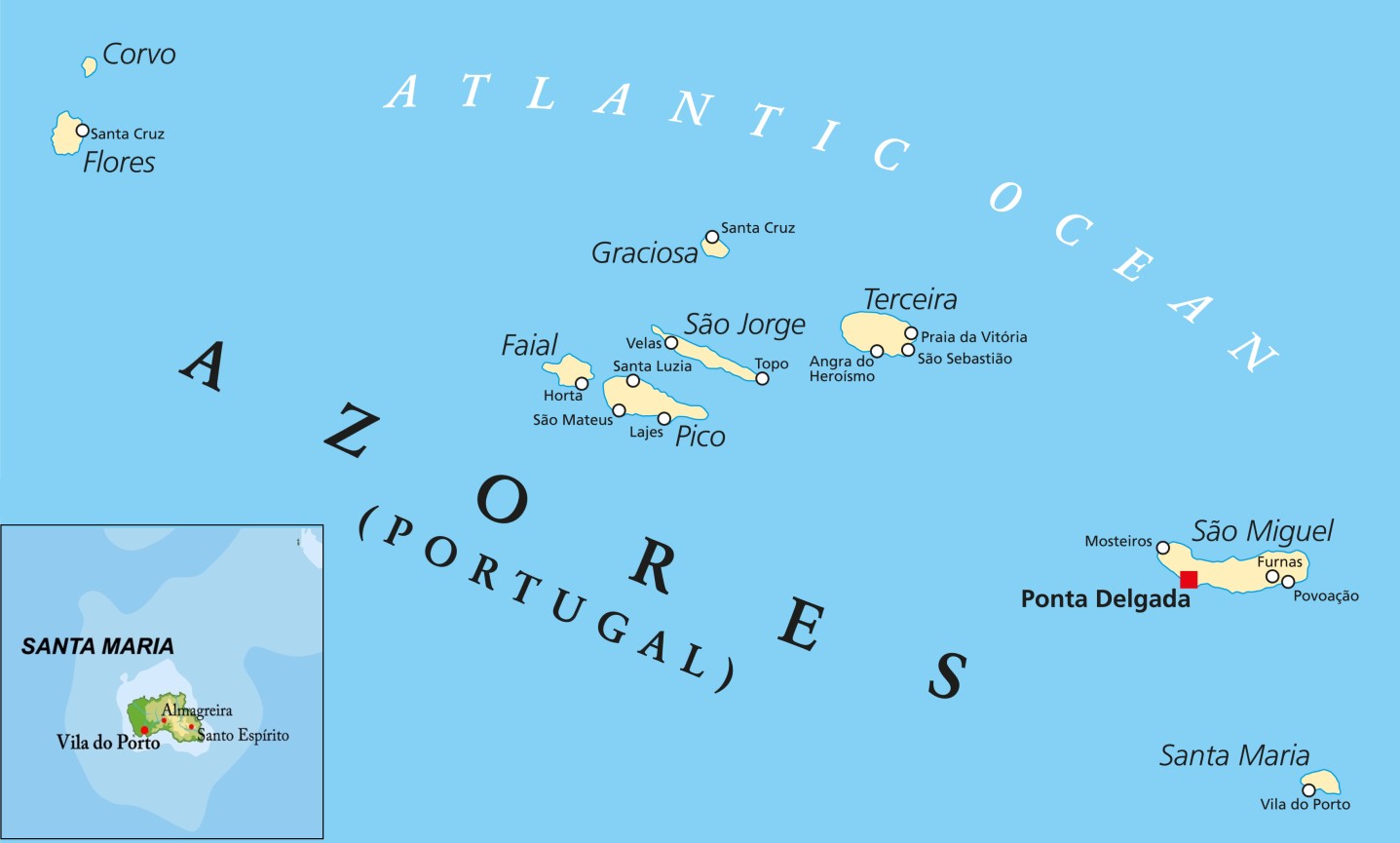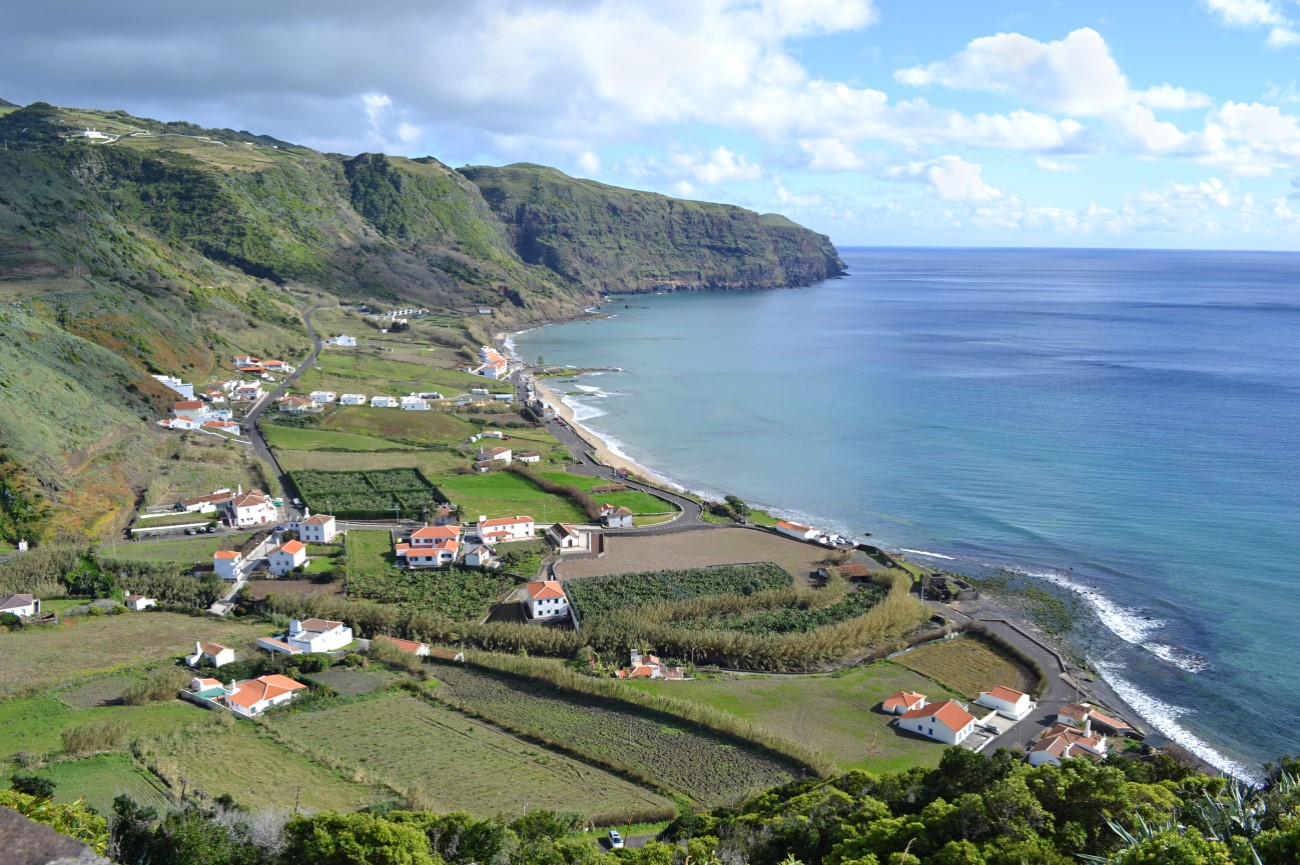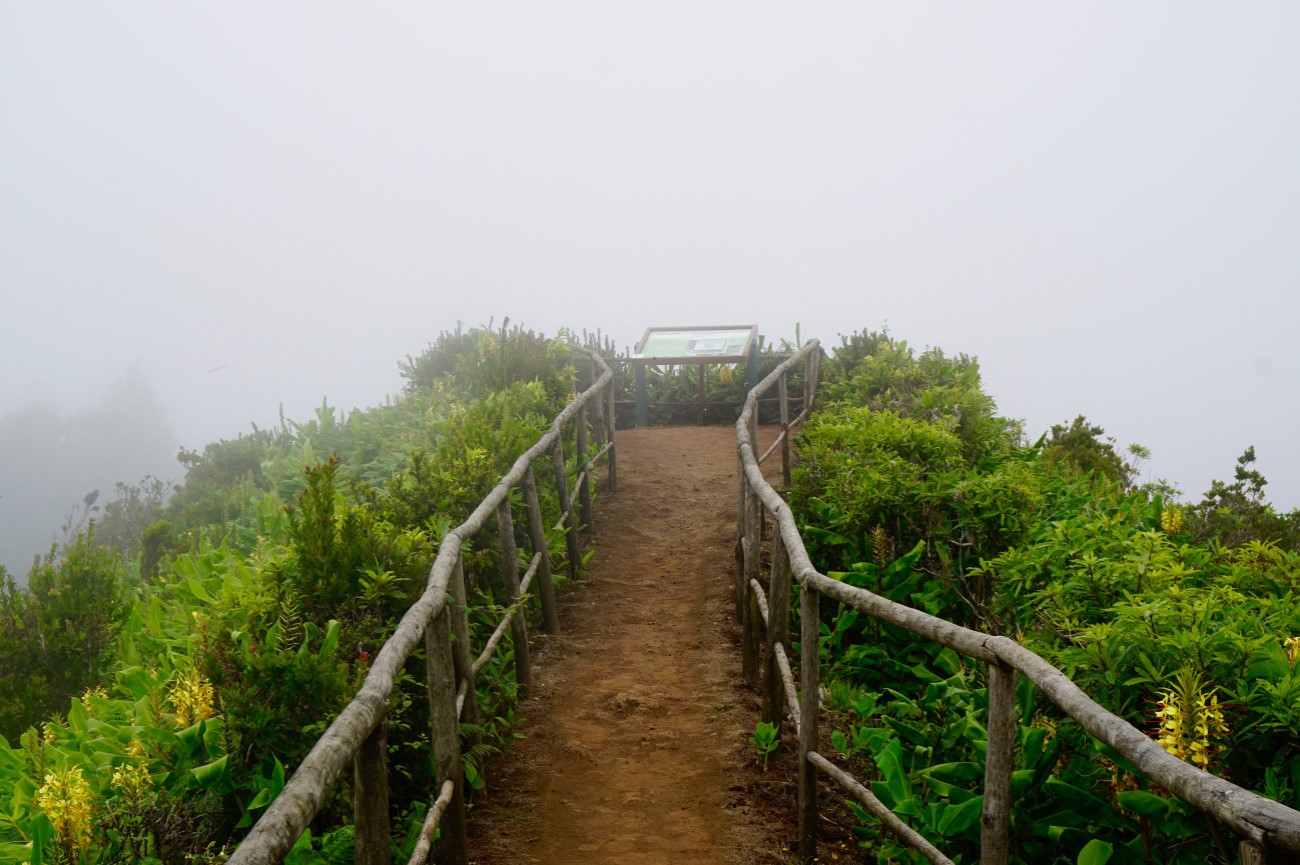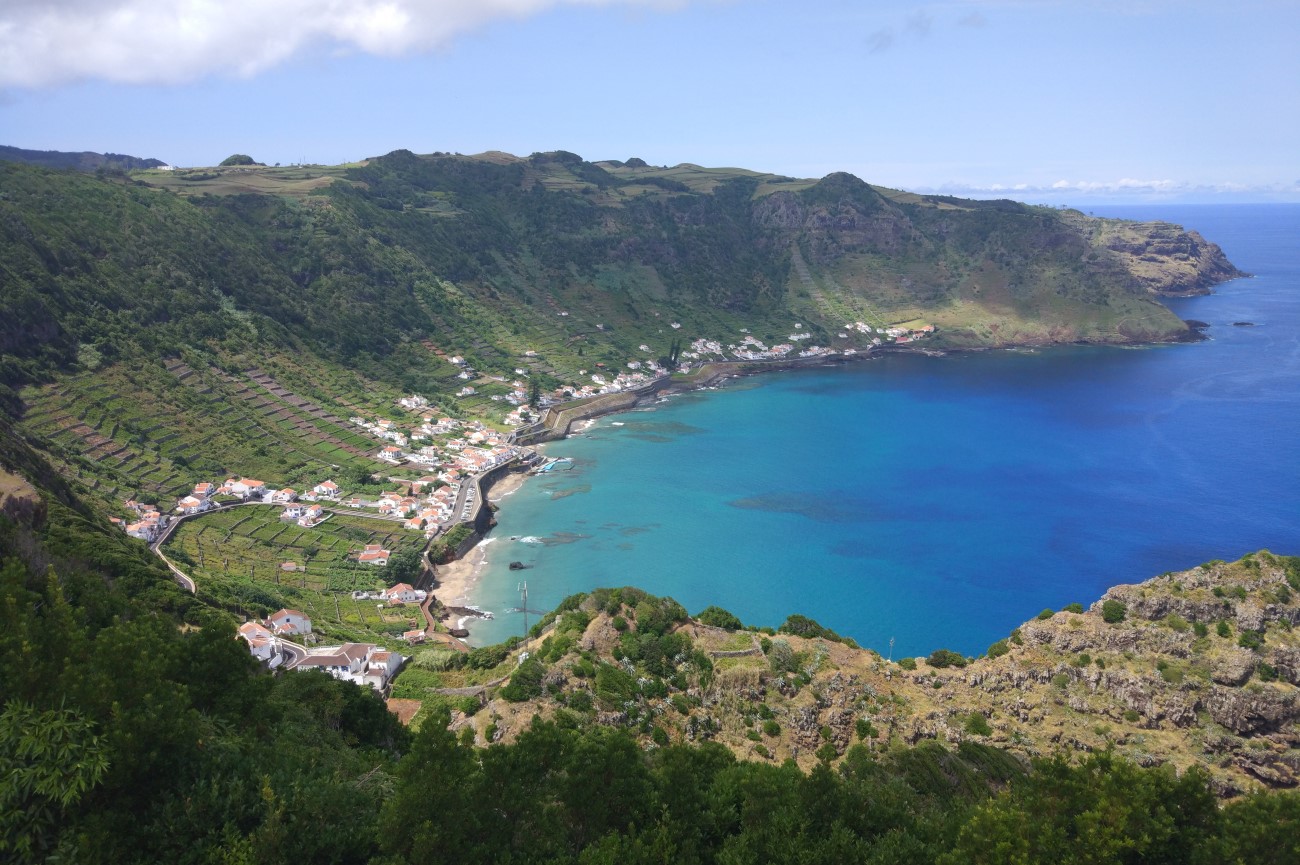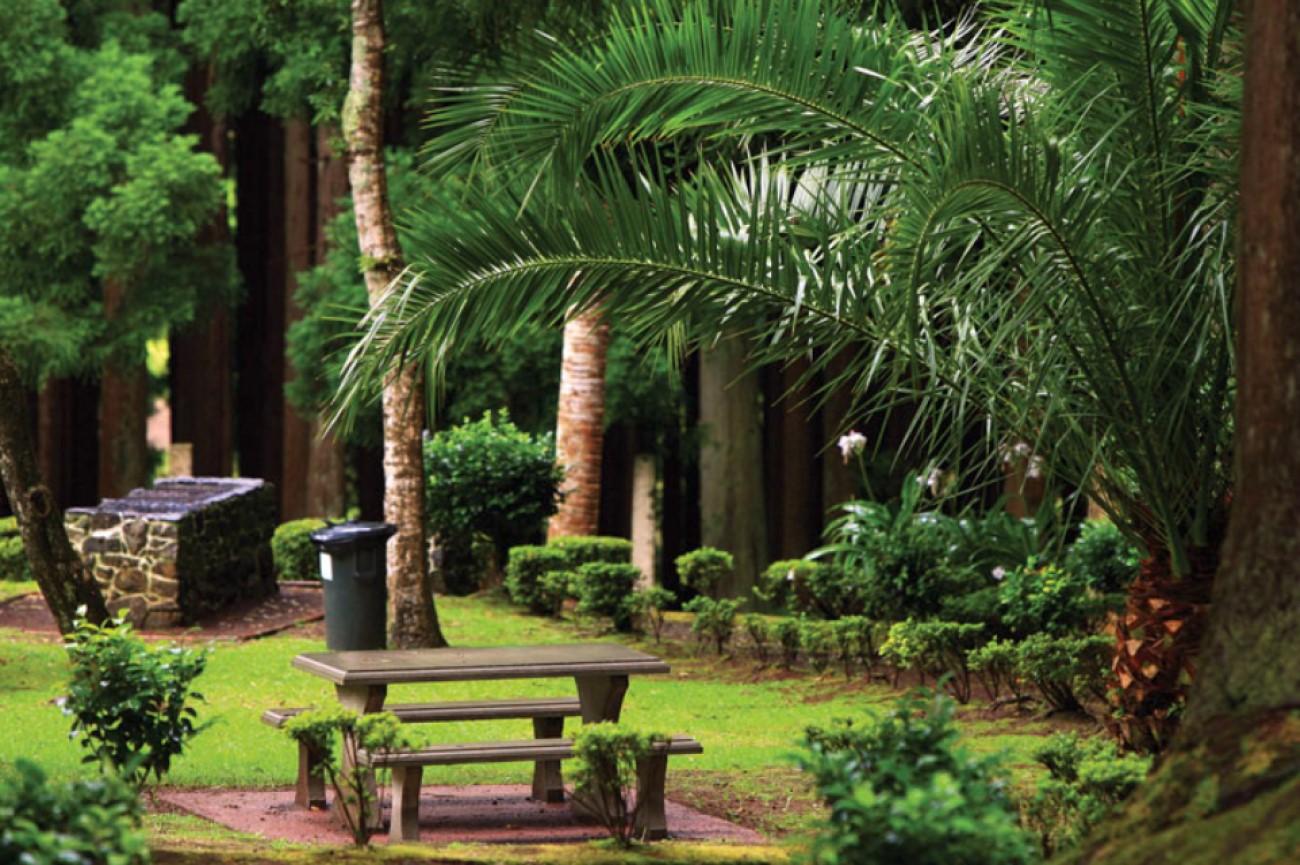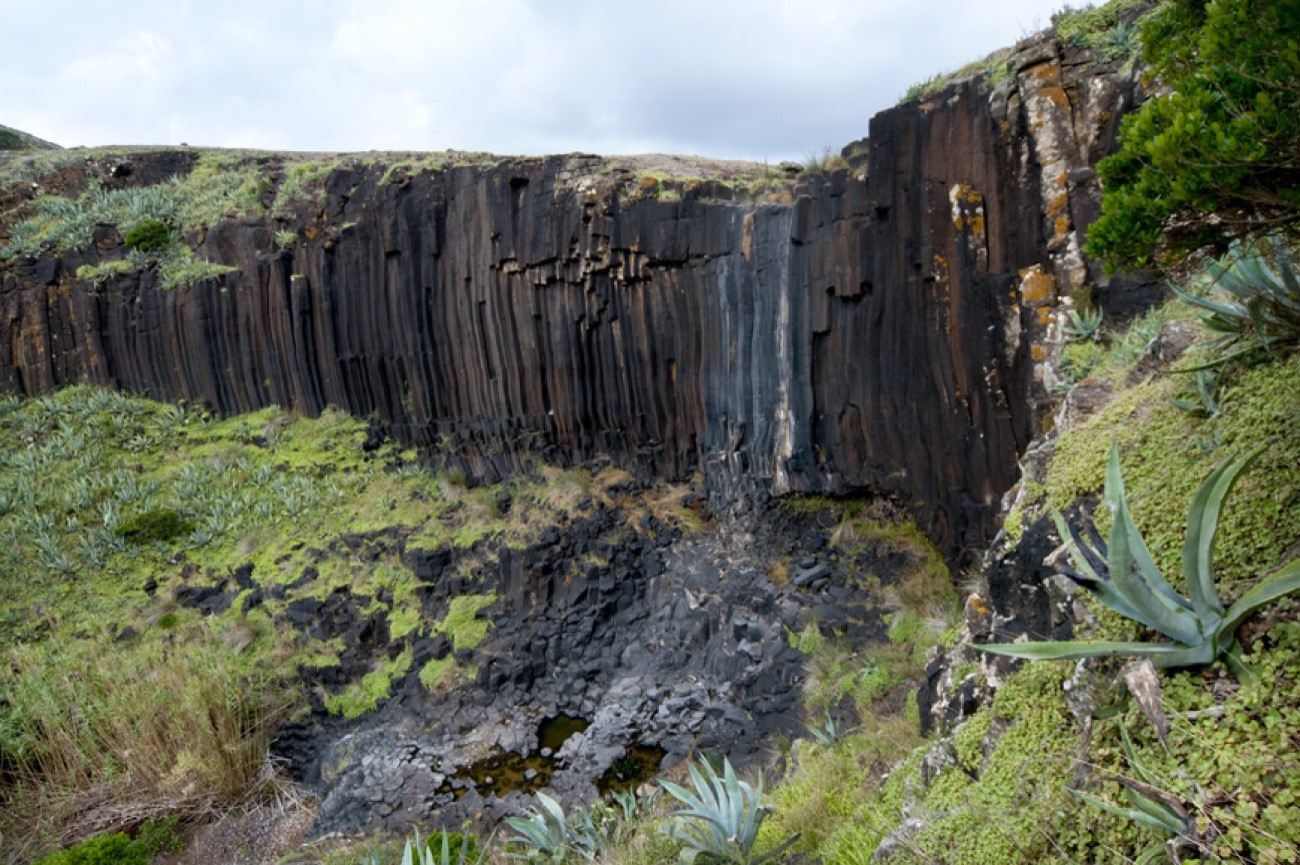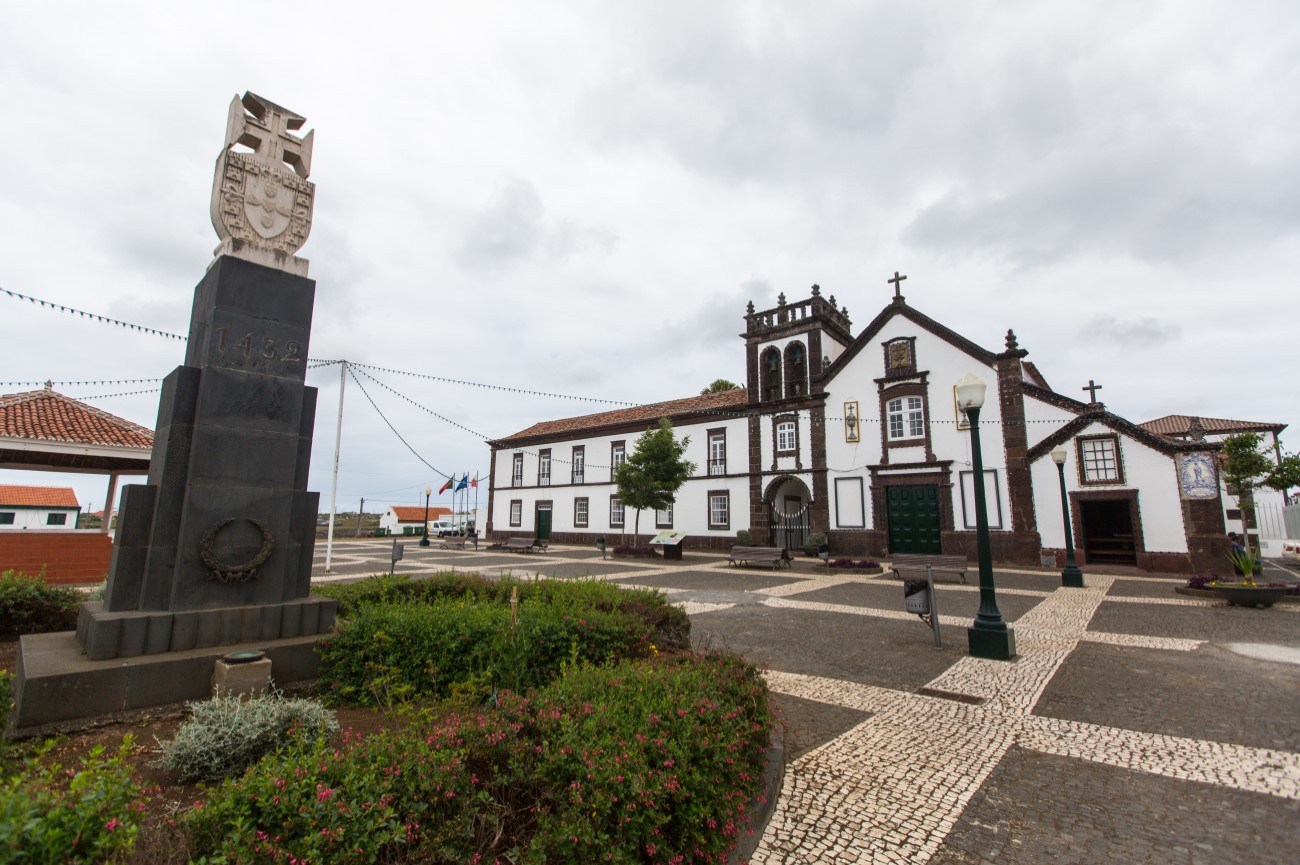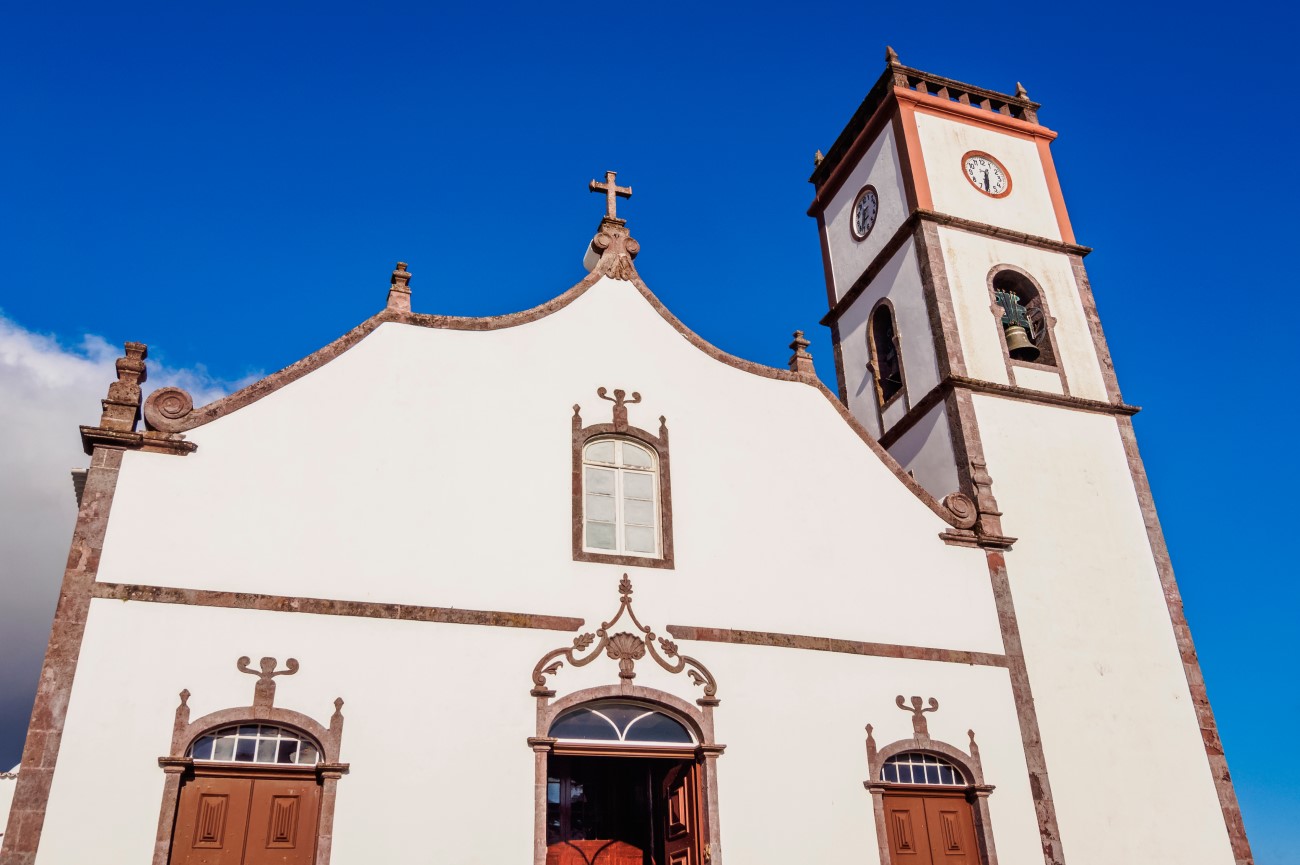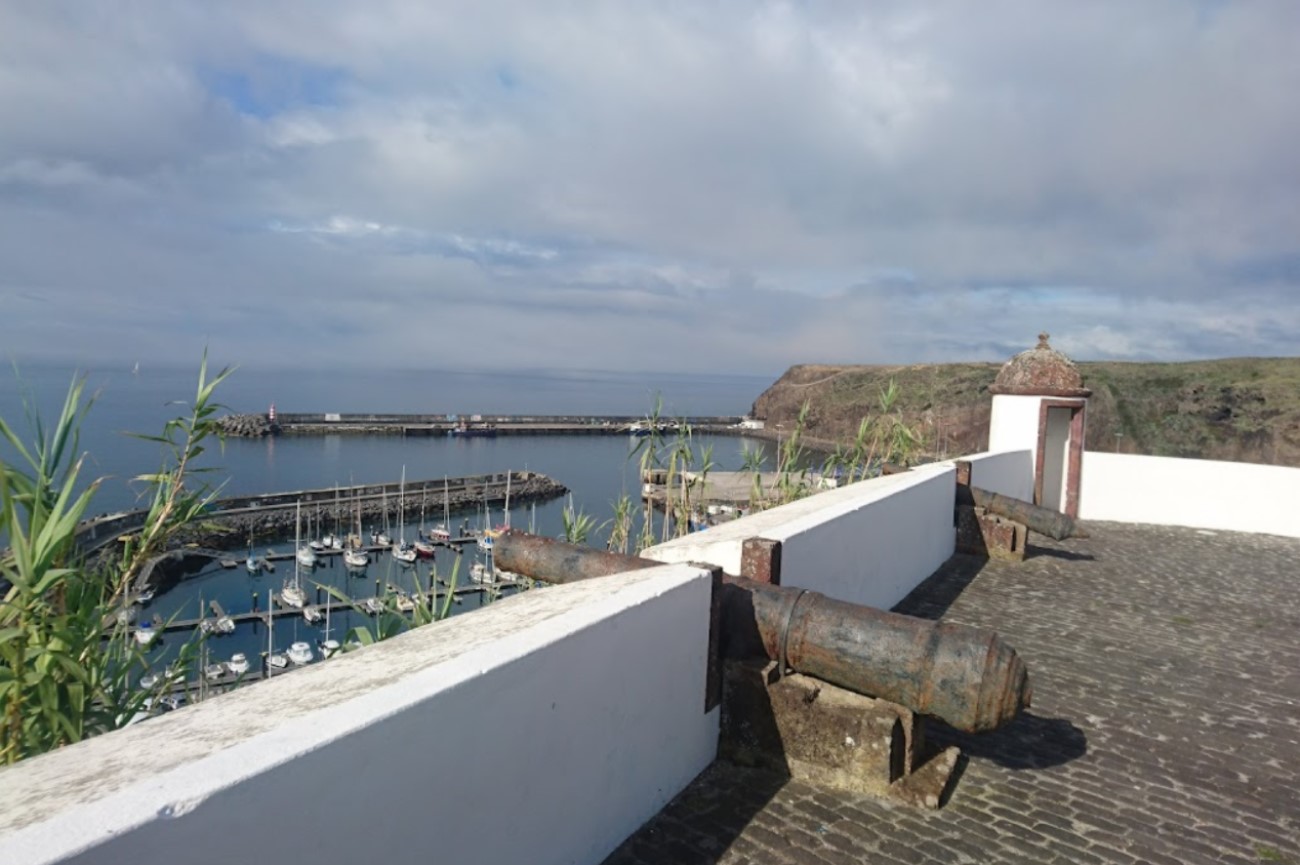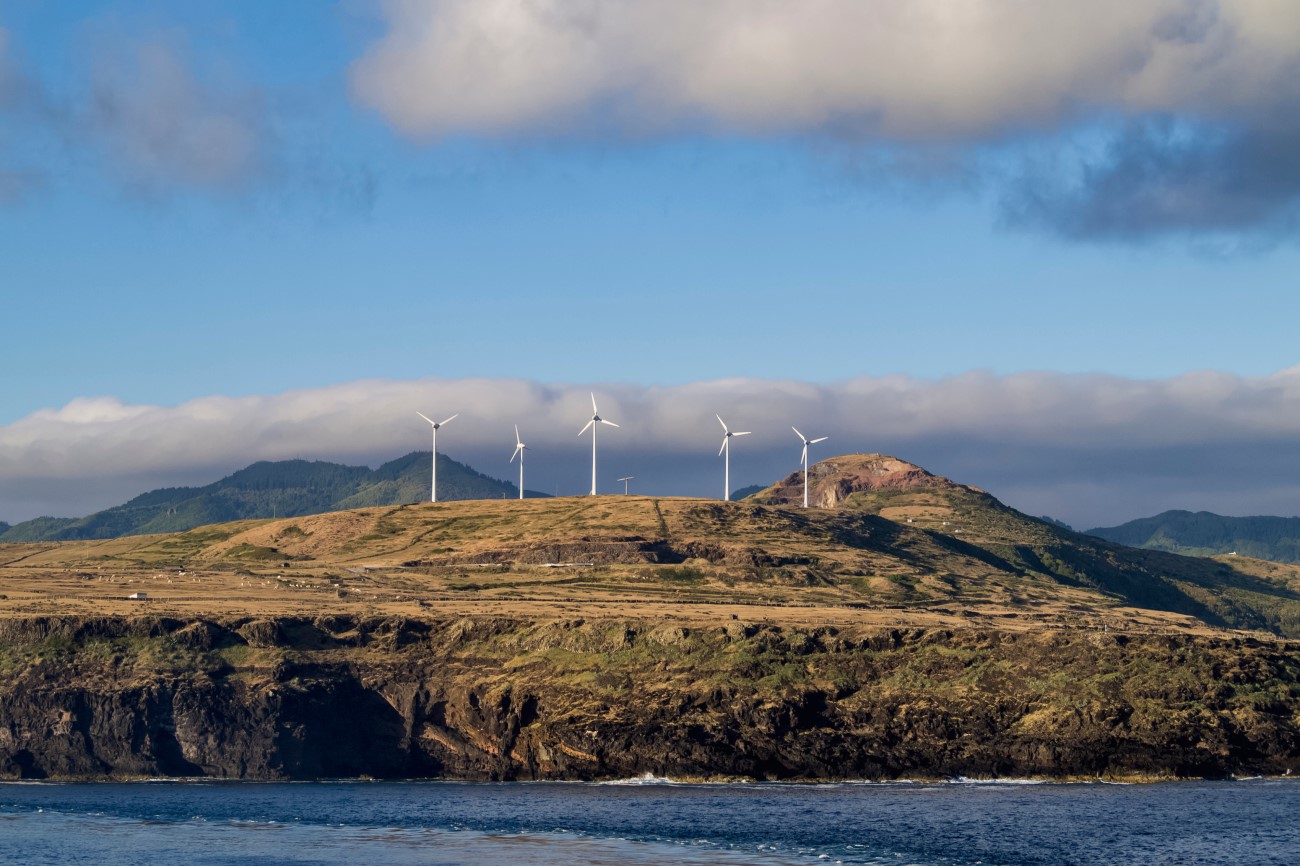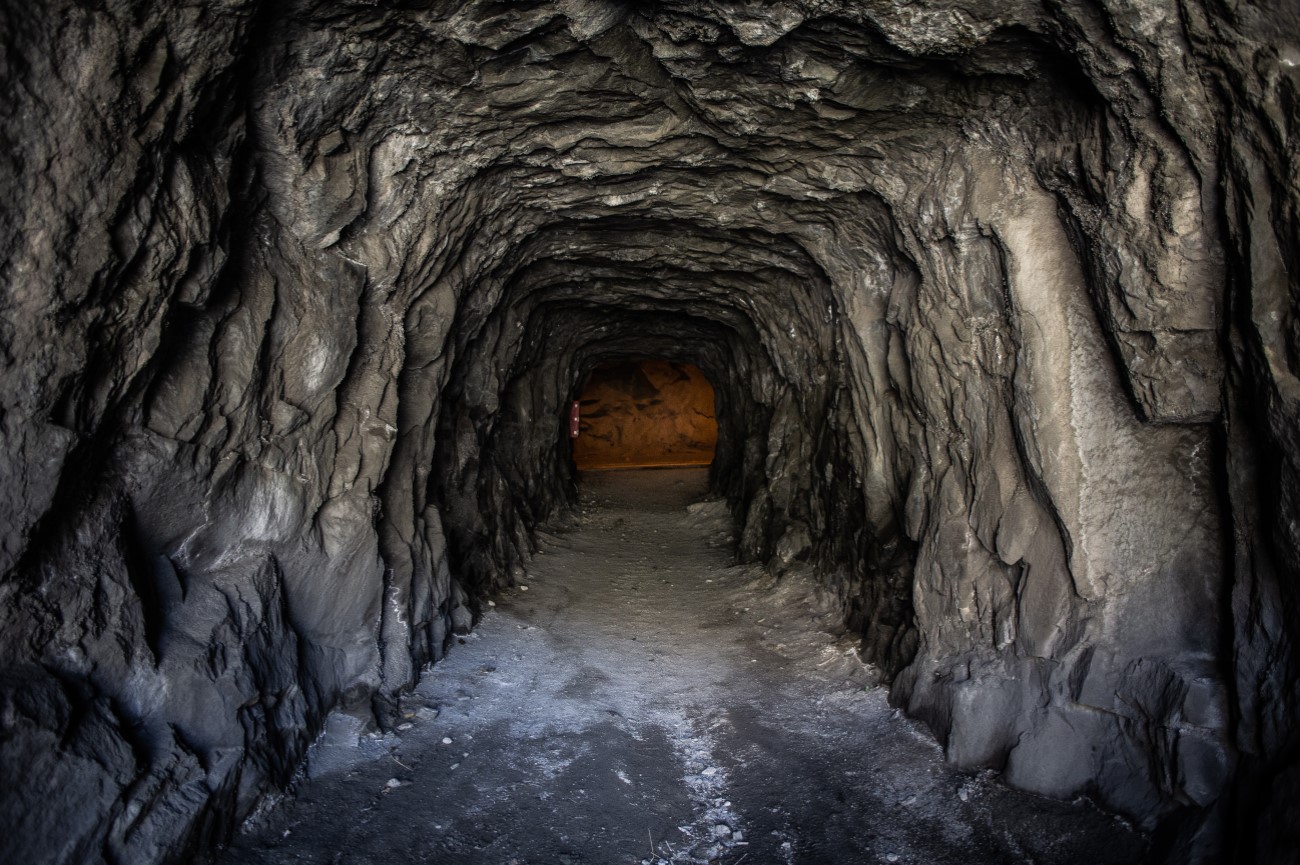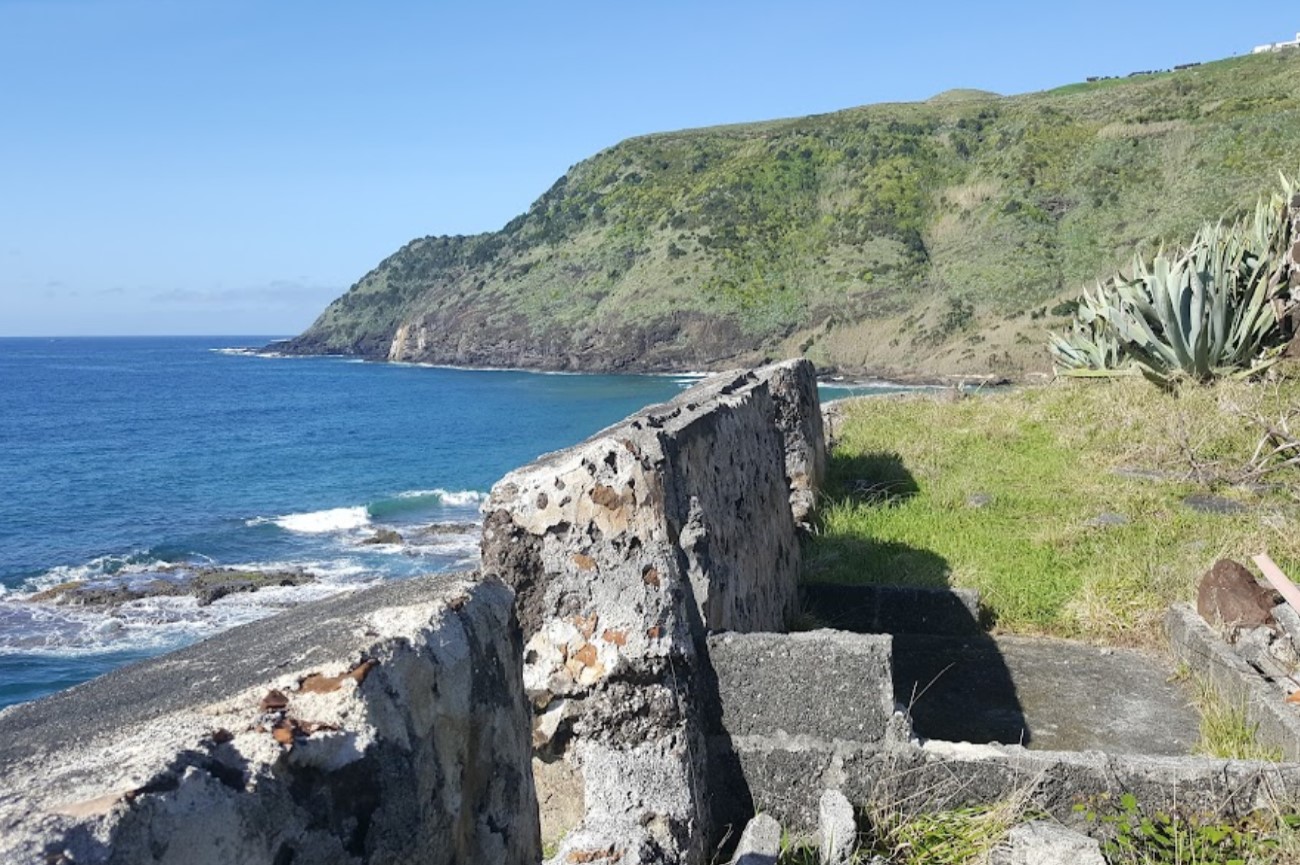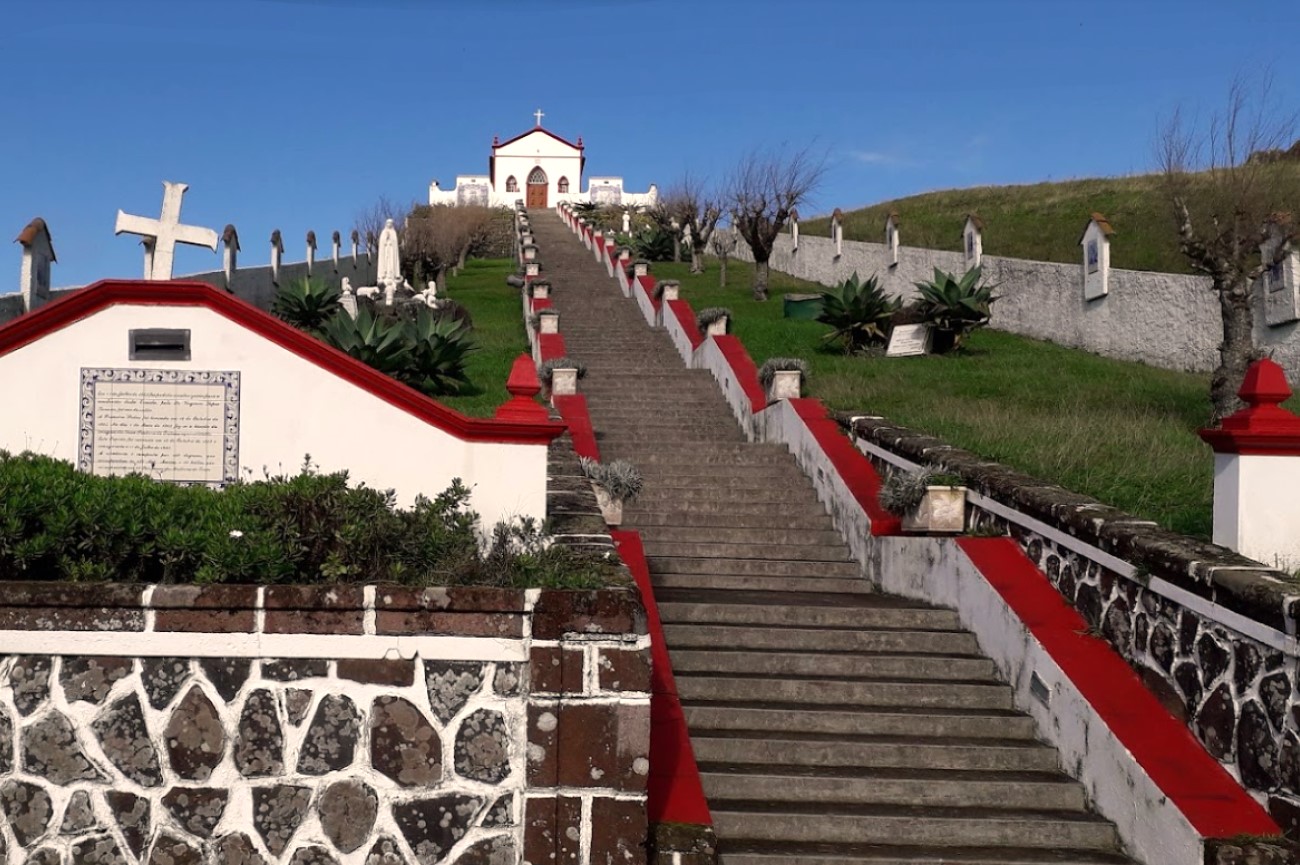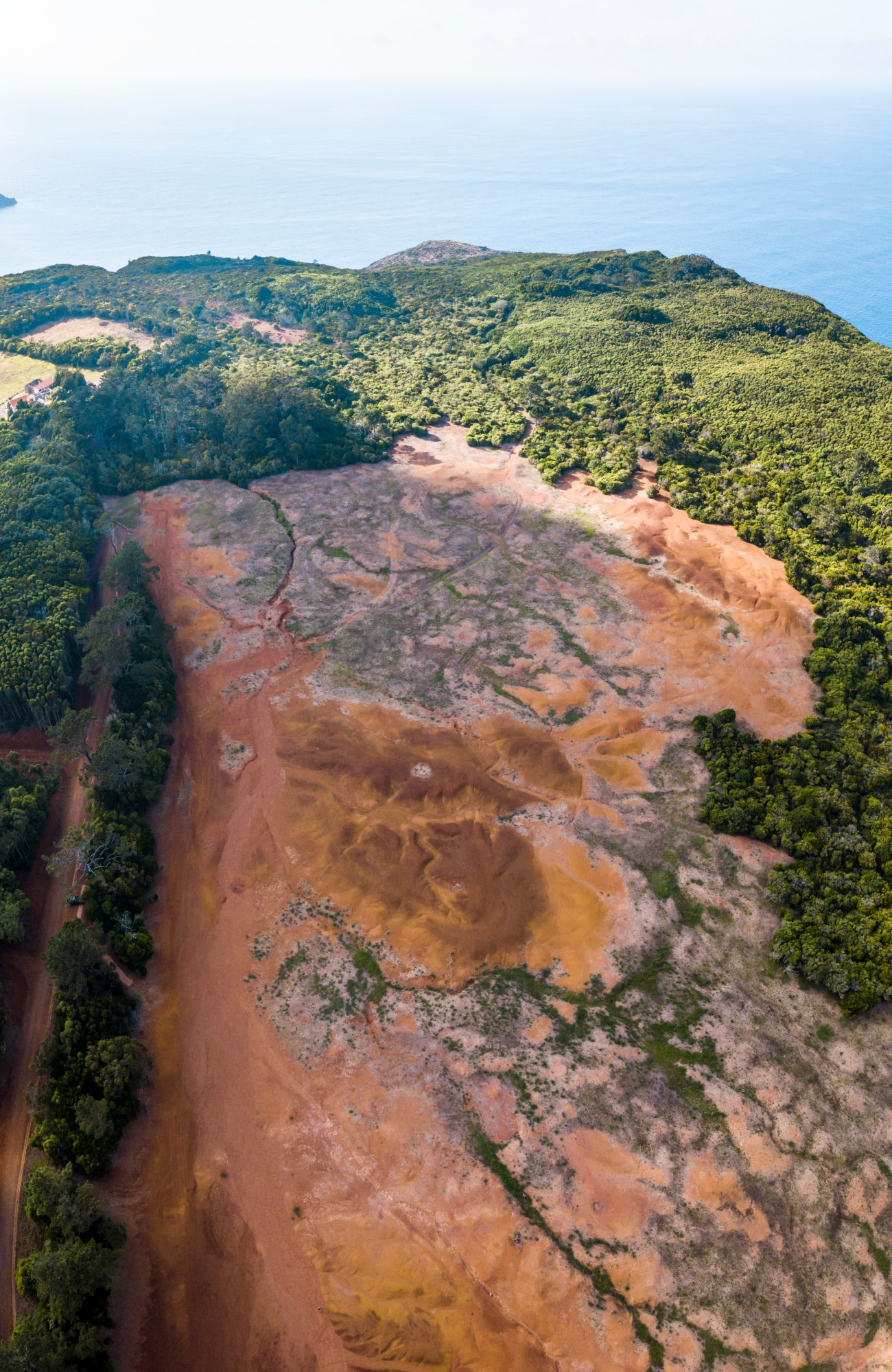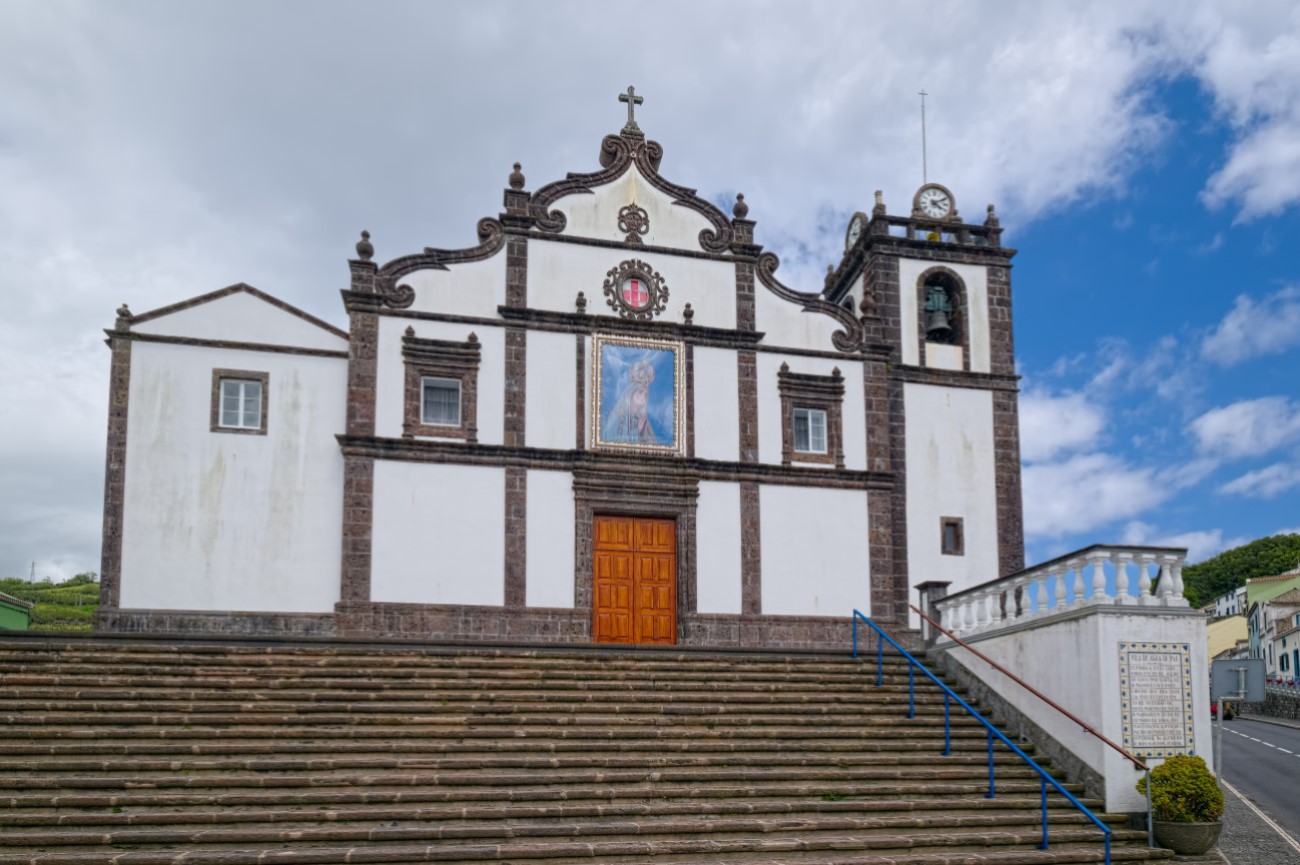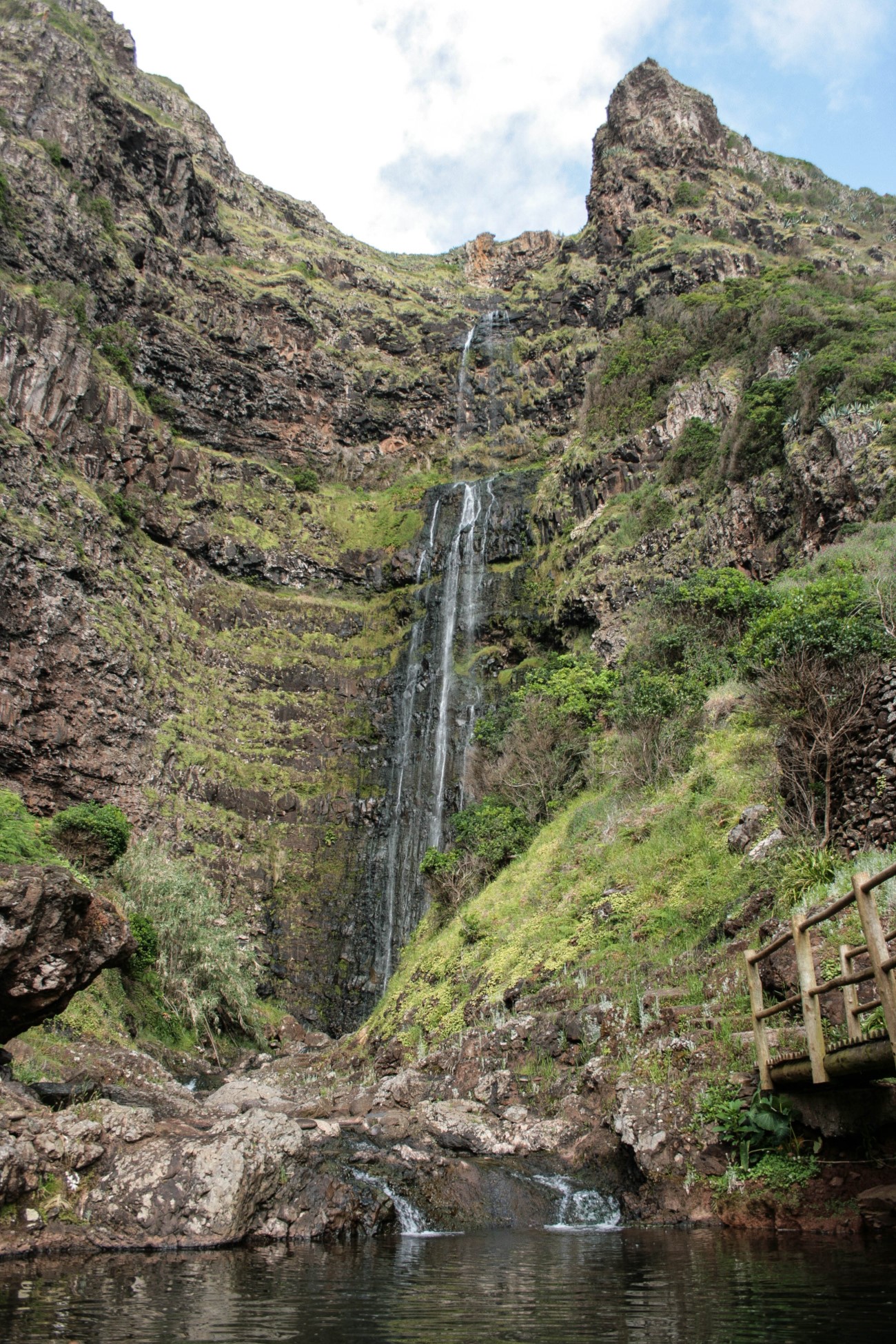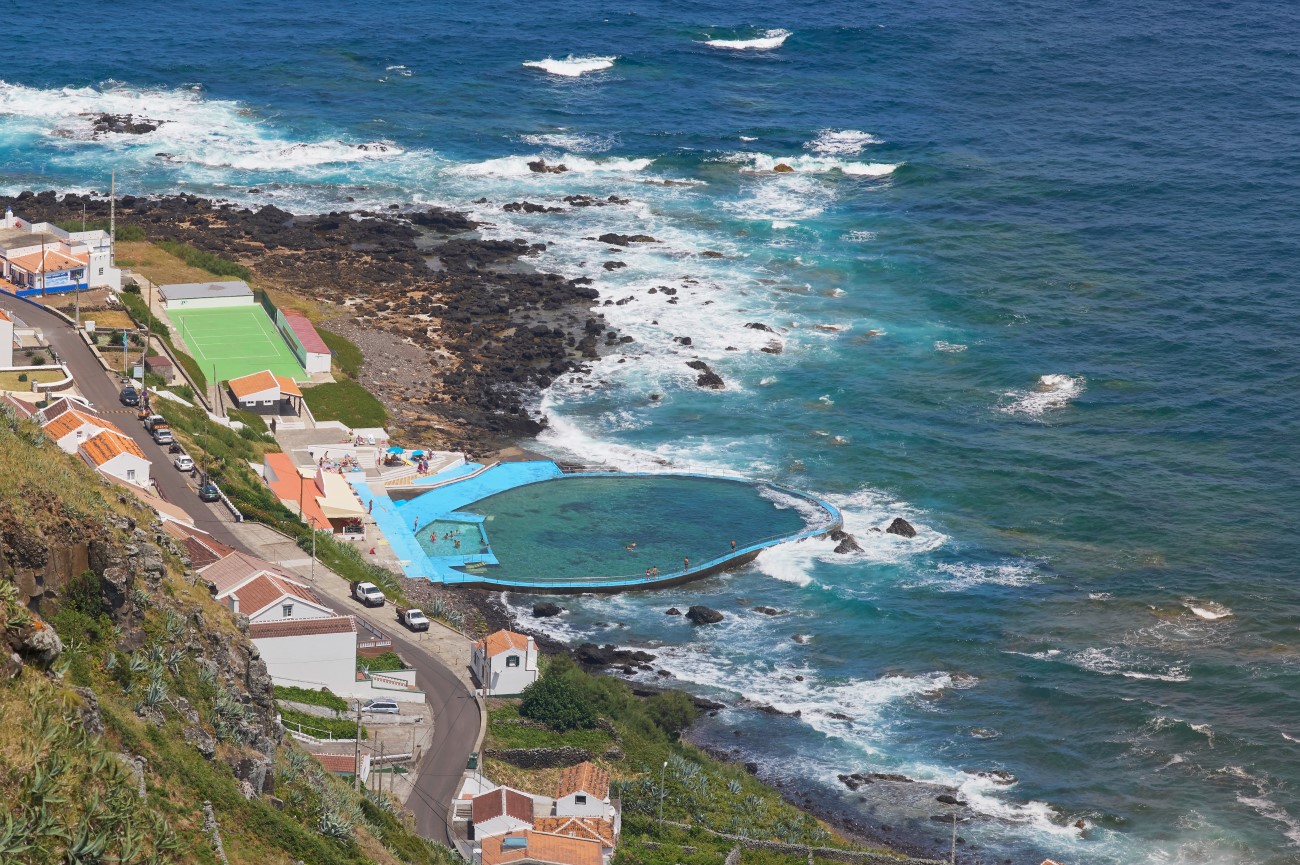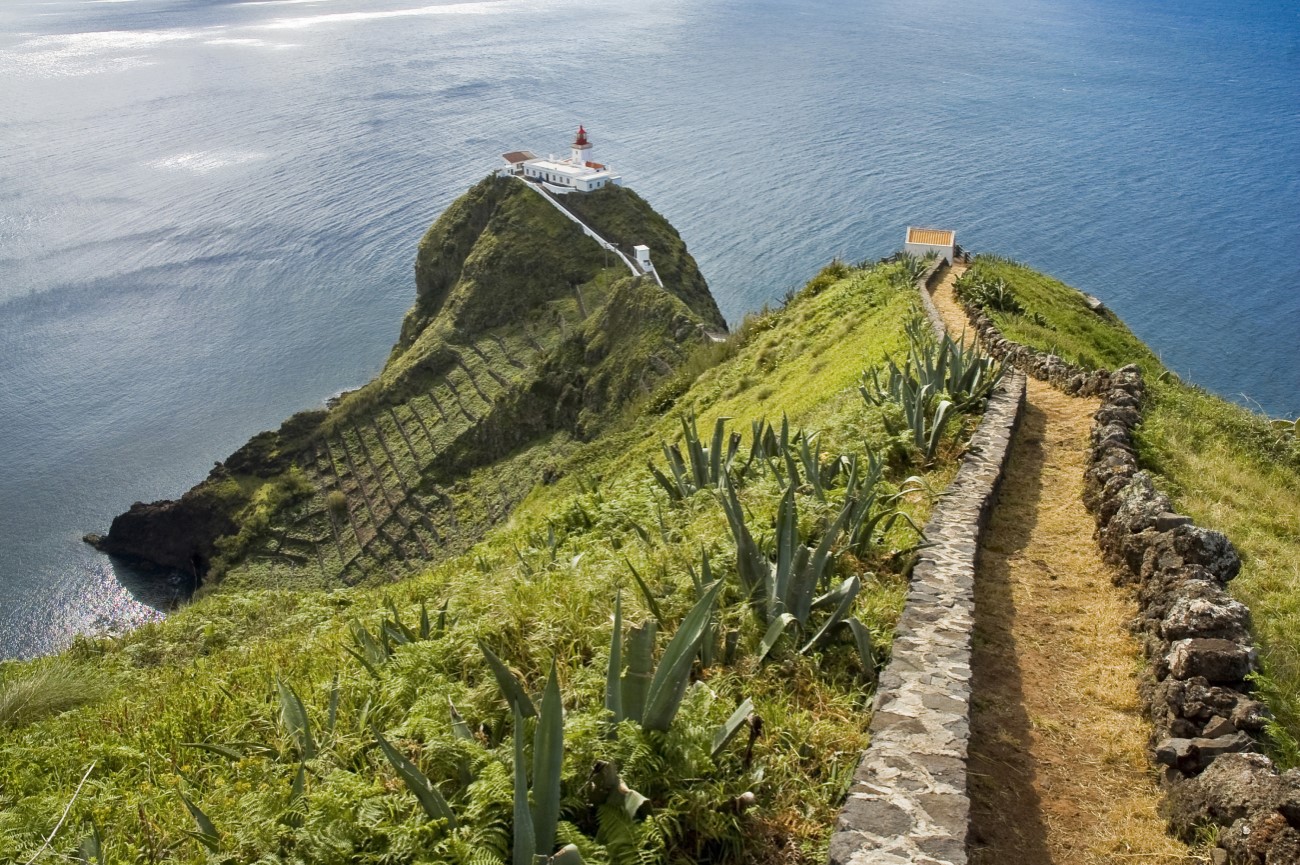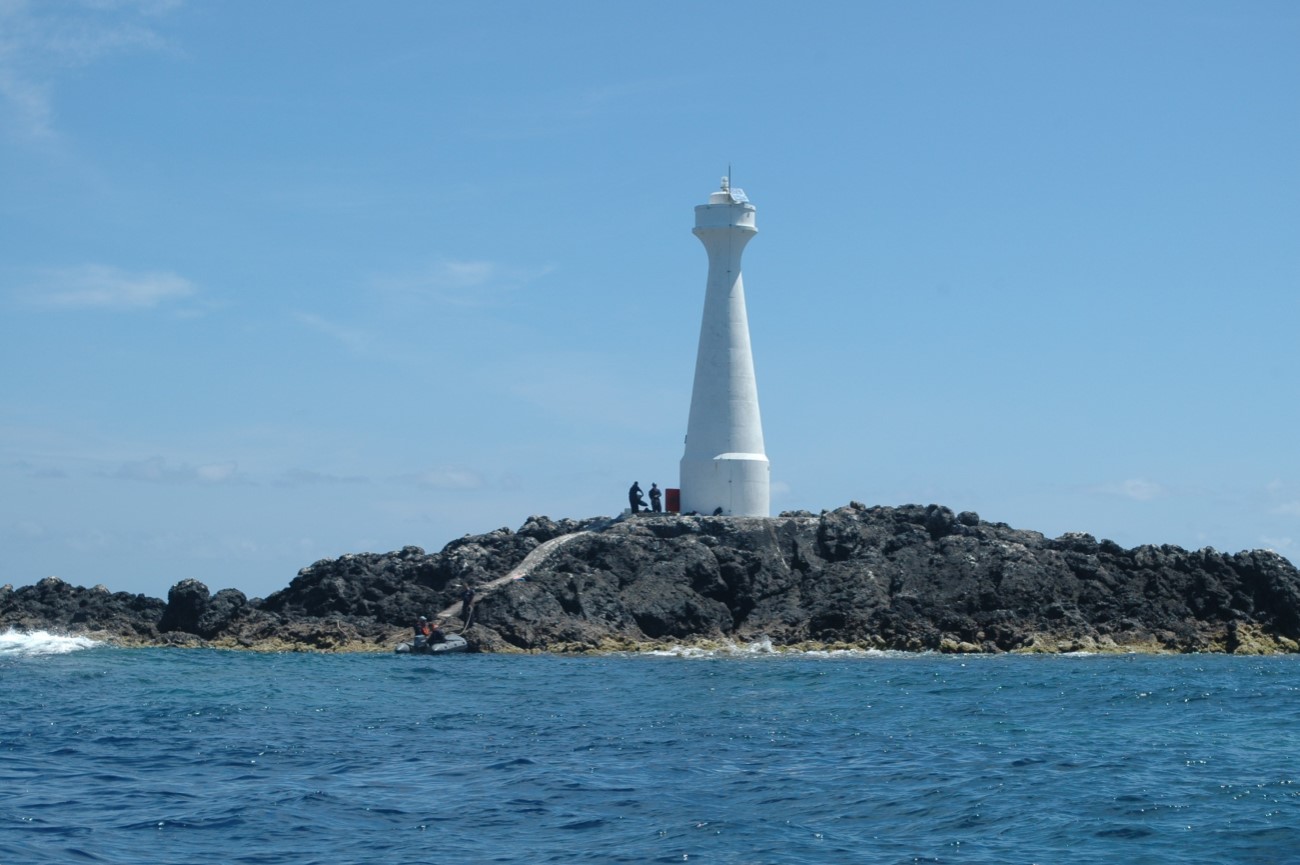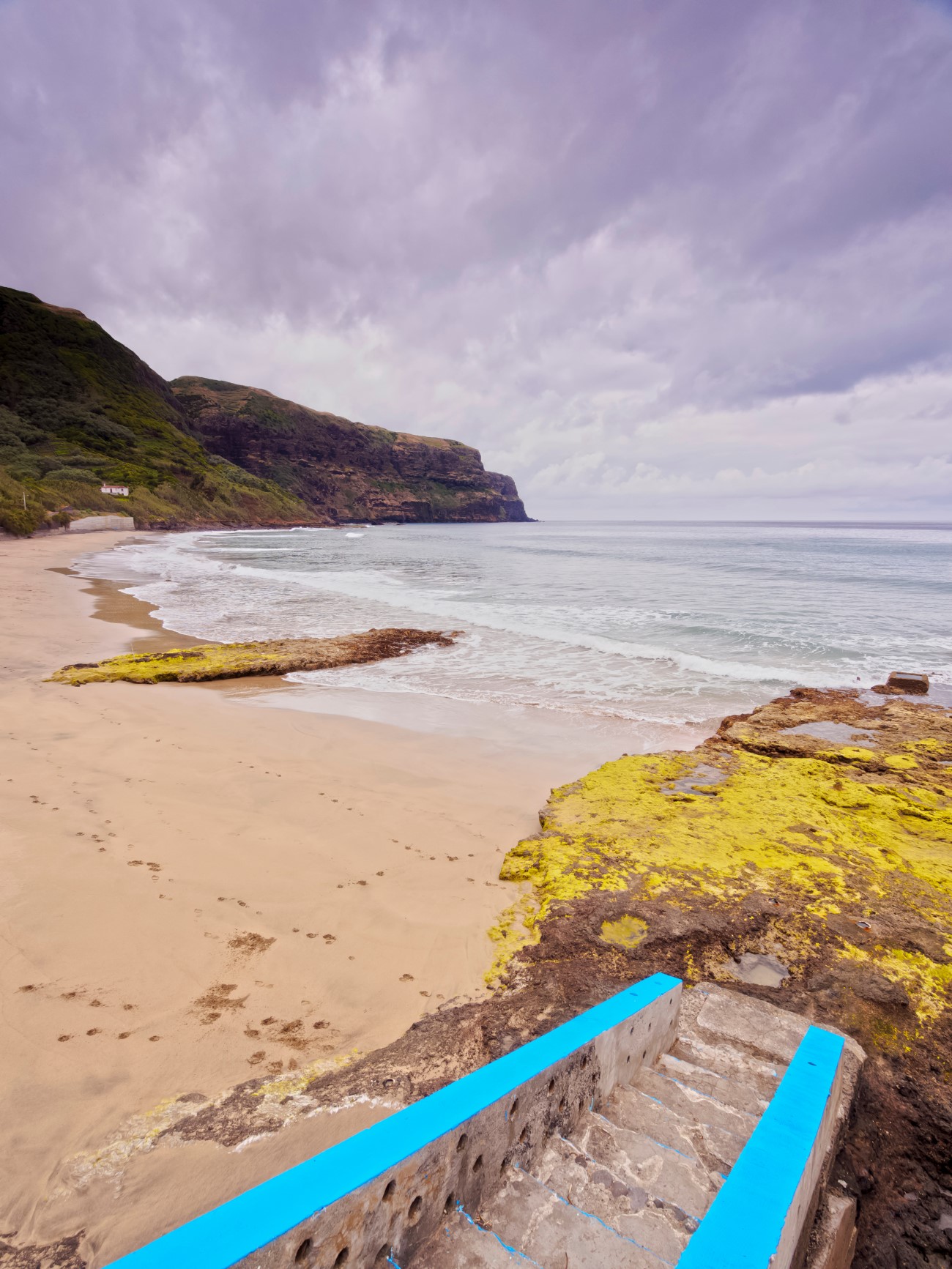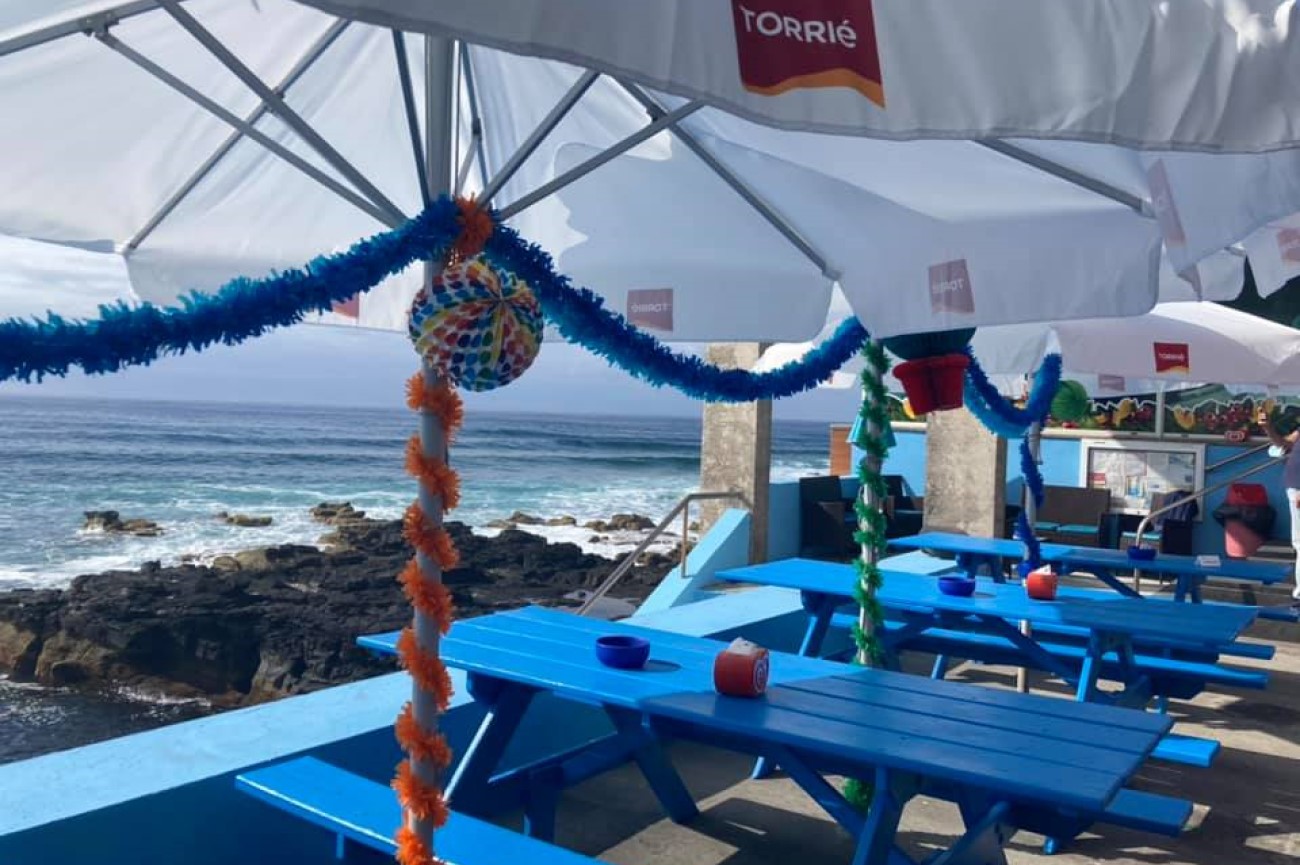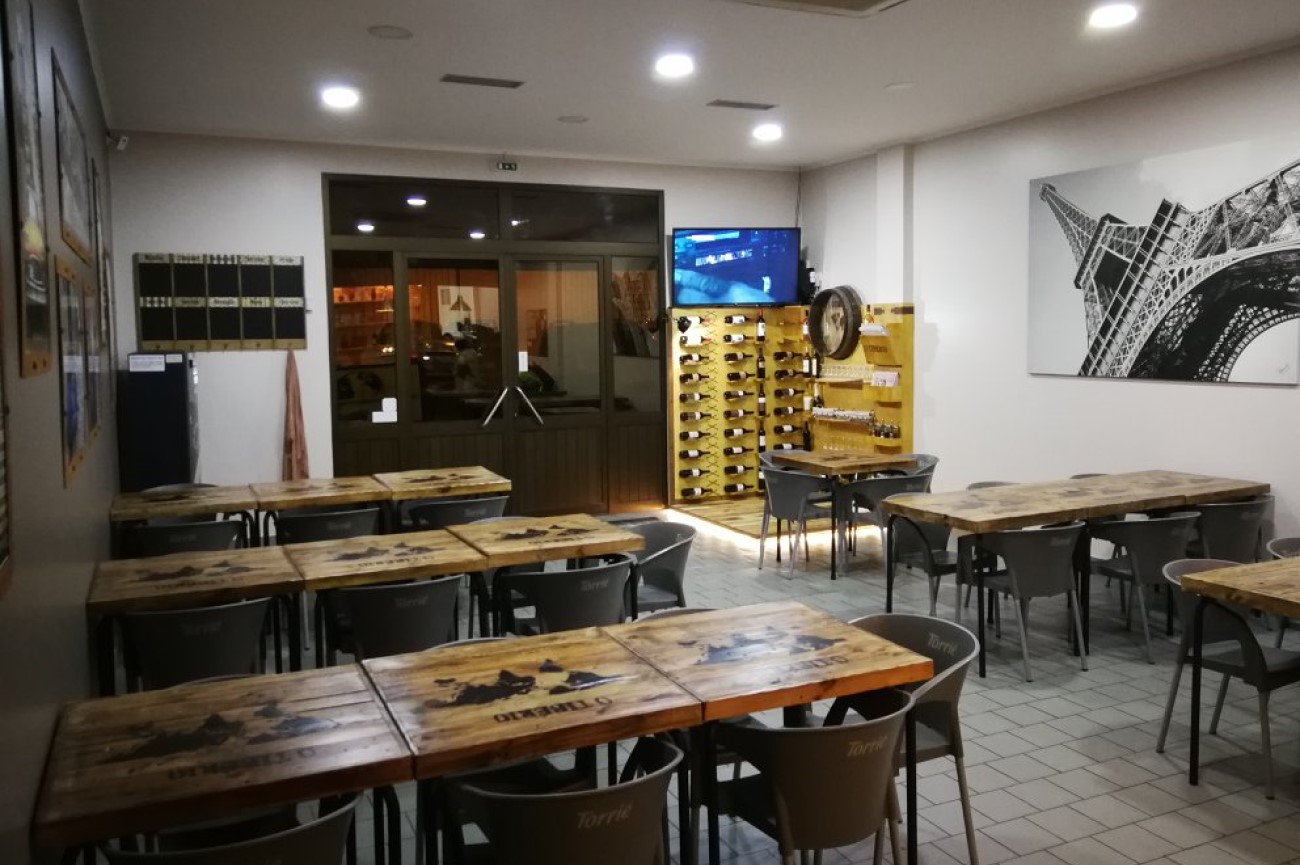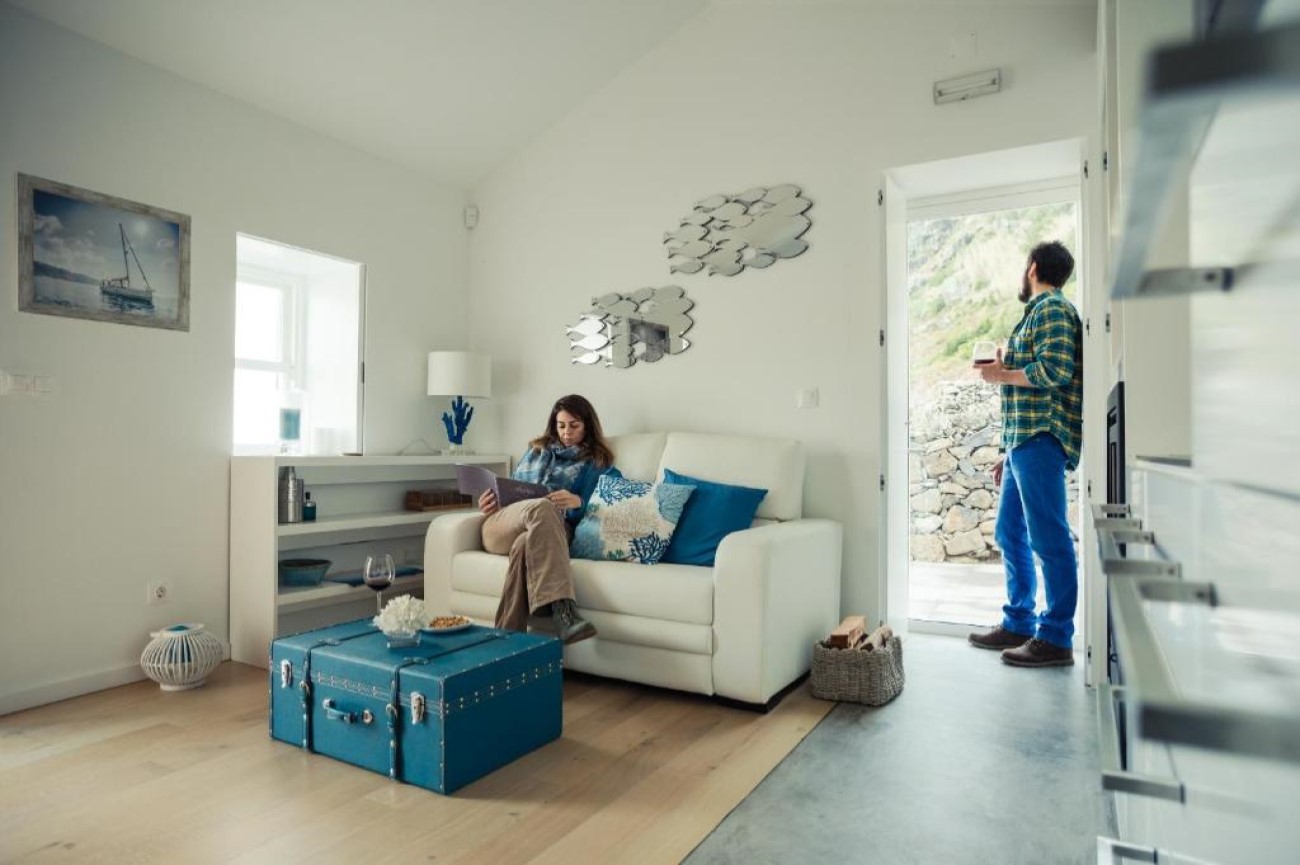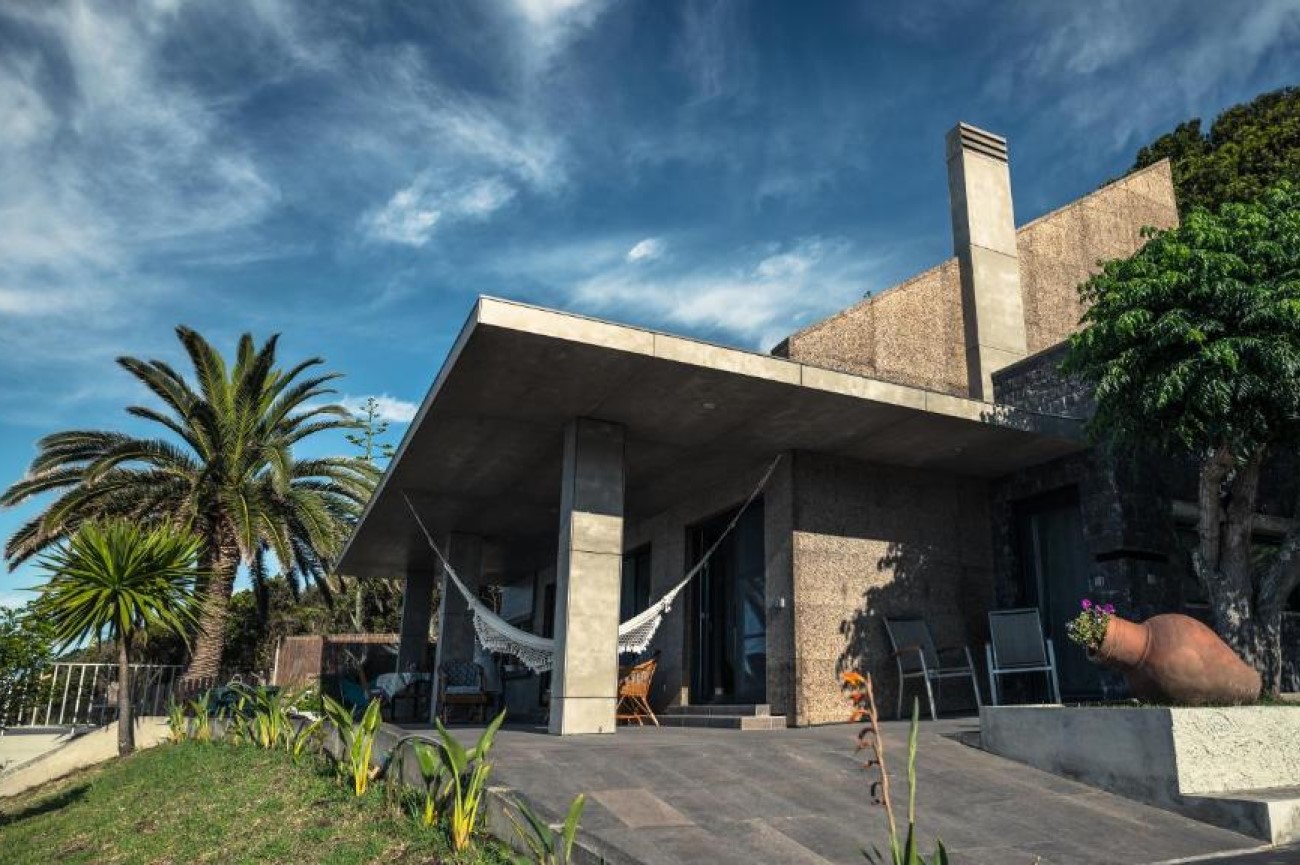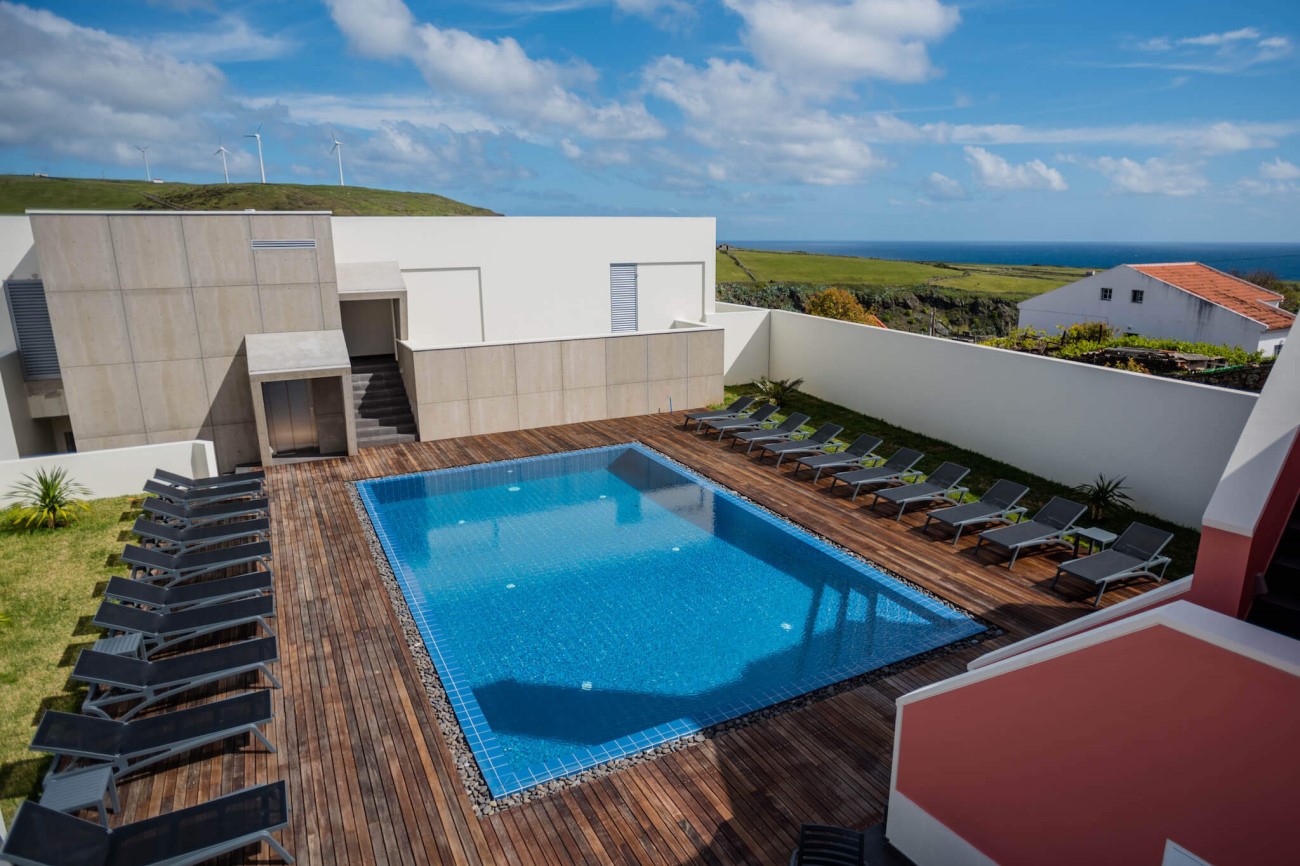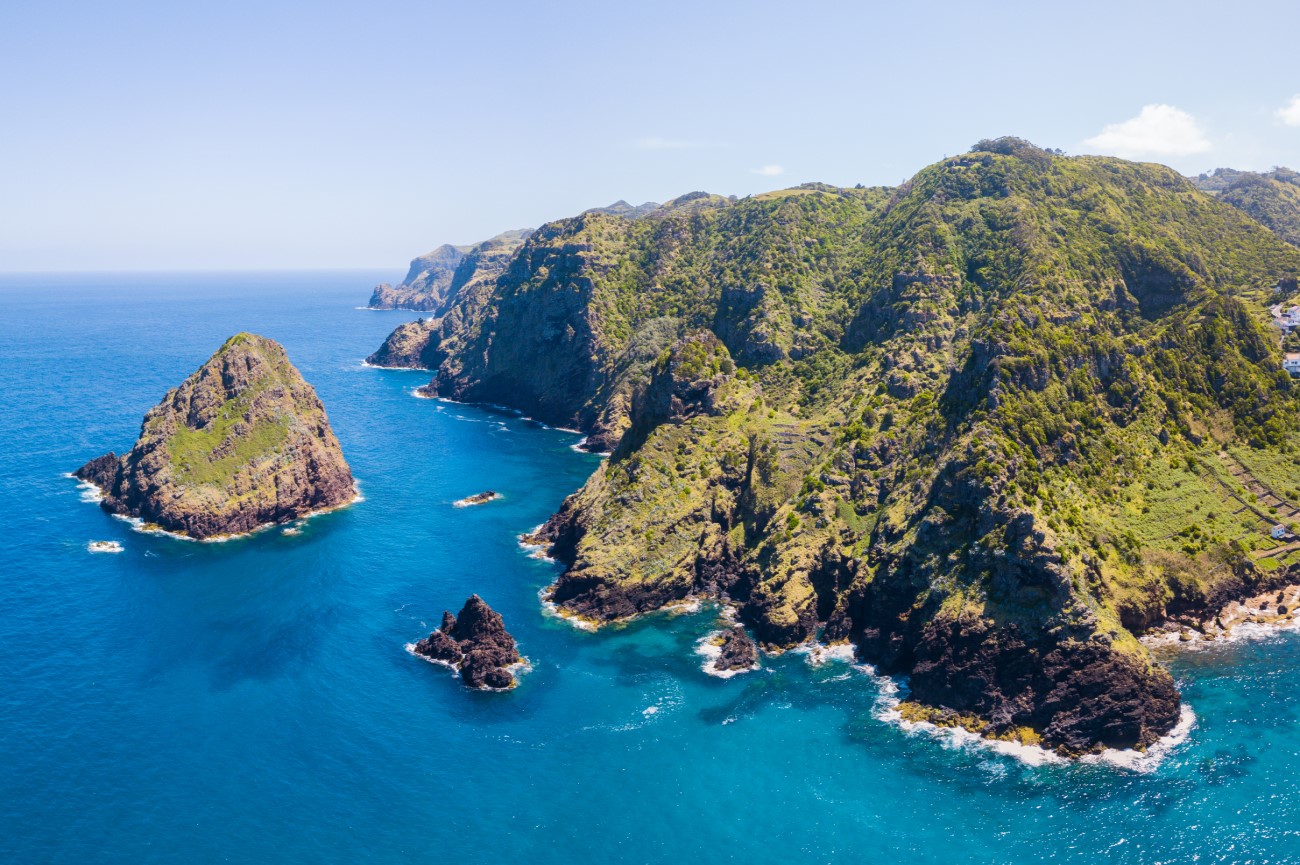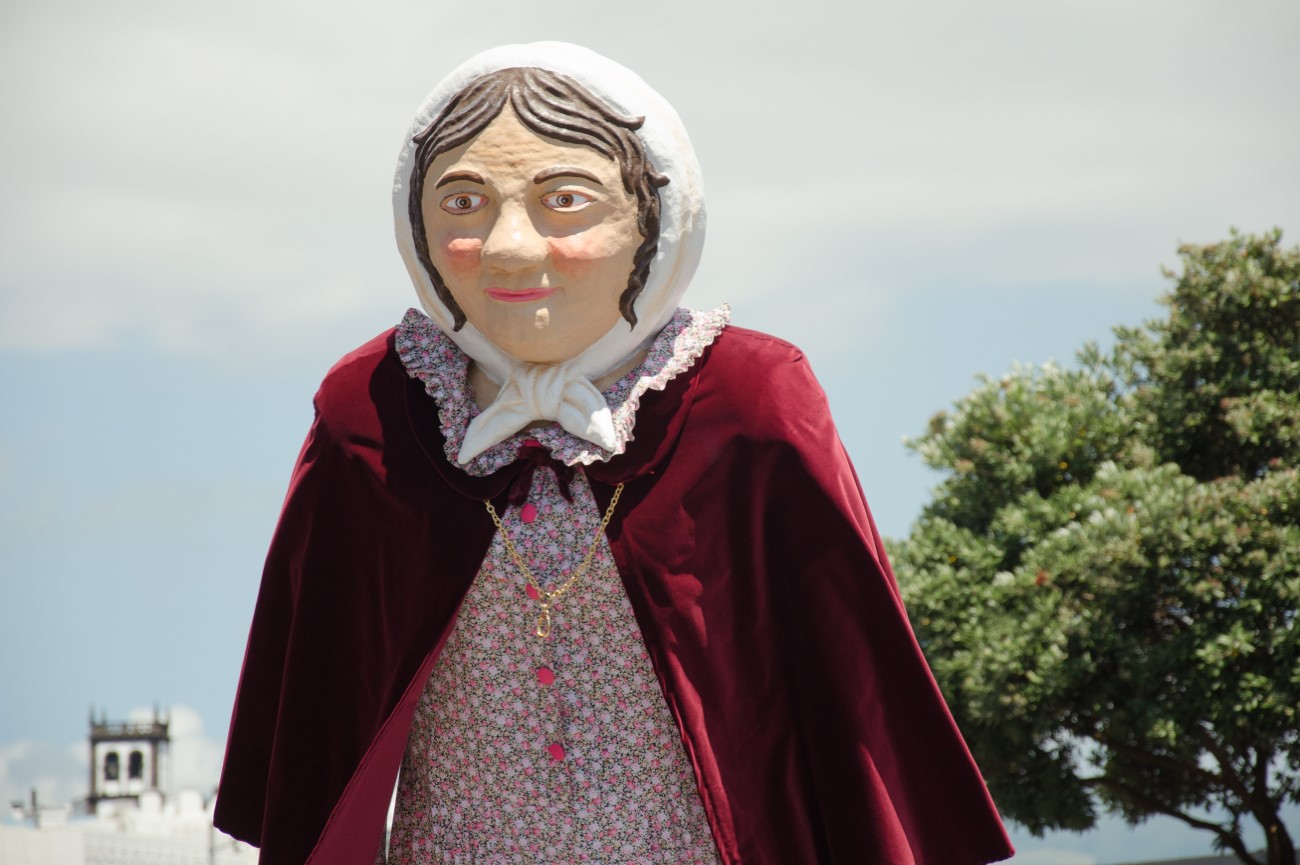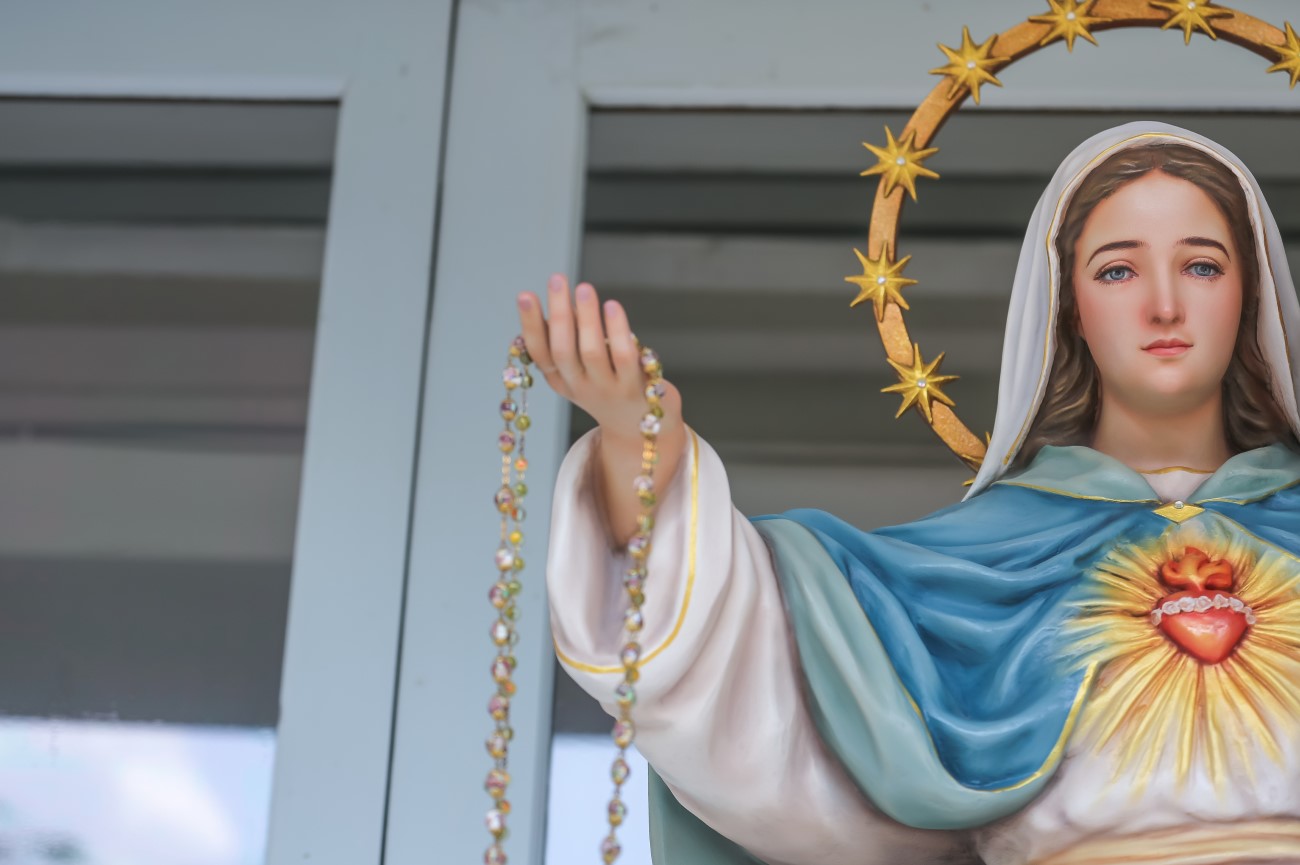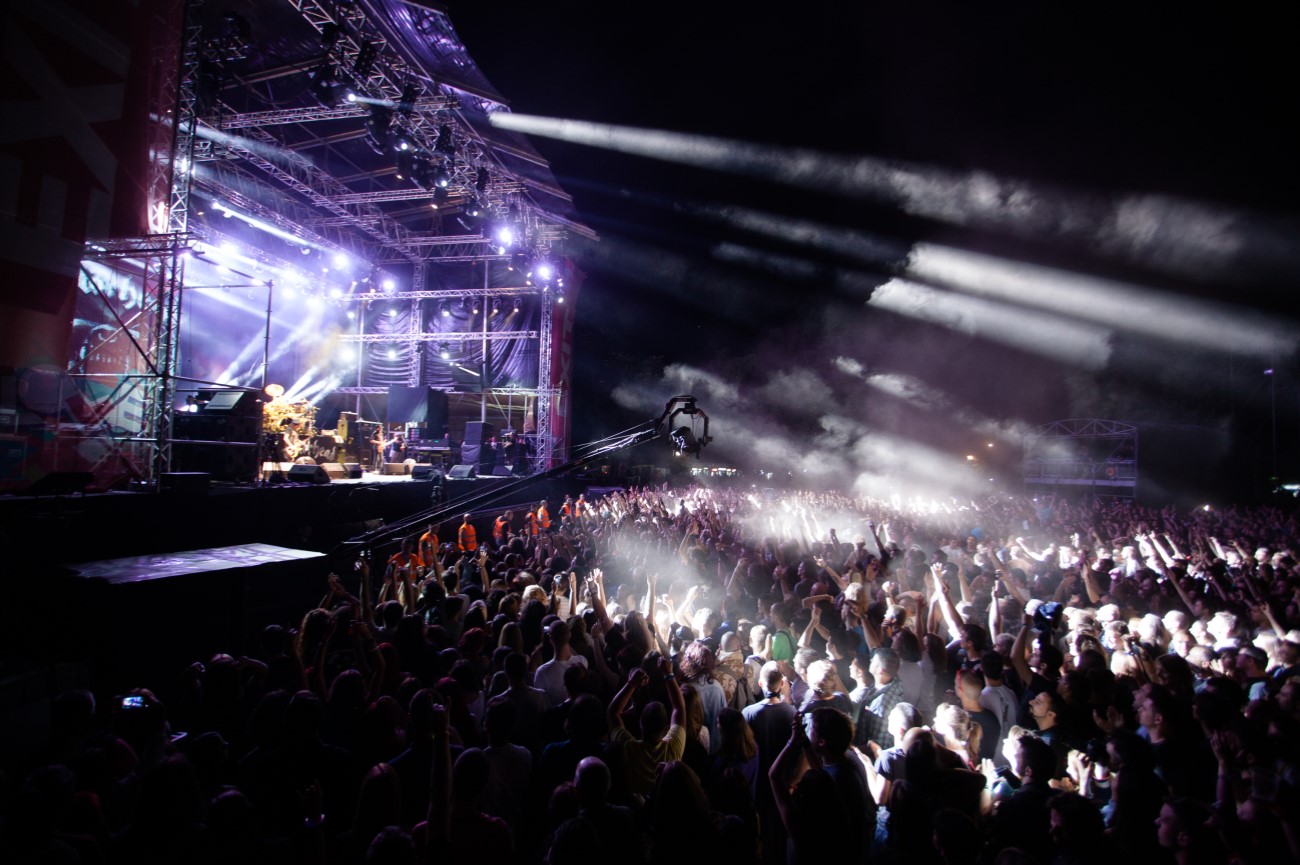Things to do in Santa Maria, Azores: 3-day Itinerary
Of all the islands in the Azores, Santa Maria was the first one to emerge. Traces of its volcanic past are still visible in places like Pedreira do Campo and Ribeira de Maloás. It offers the warmest temperatures in the region, and that is why it is often called the sun island.
Beyond the lush forests, you’ll find white sandy beaches and the desert-like scenery of Barreiro da Faneca with its distinct red soil. Dotted between these are small whitewashed villages such as Vila do Porto.
Our three-day itinerary includes the best things to do in Santa Maria. It has the top sights on the island, plus recommendations on where to eat and where to stay during your trip.
Day 1 - East

Morning: Praia Formosa
Our trip to Santa Maria begins down at the coast in Praia Formosa. It’s one of the rare white sandy beaches in the Azores. You can enjoy a swim here or grab a drink at one of the bars overlooking the sea. Every year around August, the beach welcomes a lively music festival known as Maré de Agosto.
Pico Alto
Head north towards Pico Alto. At 590 metres, it’s the highest point on the island, making it the perfect place to find your bearings. The viewpoint on top of the mountains offers 360-degree views of the island and its diverse landscape.
Poço da Pedreira
For a long time, locals would mine stone from the volcanic cone of Pico Vermelho. This area became a quarry (pedreira) until the middle of the 20th century when the island welcomed other materials such as cement and iron. Now it’s considered a tourist sight thanks to its red rock walls and a small pond that formed over the years.
Afternoon: Baía de São Lourenço
Continue east until you reach the natural bay of São Lourenço. It looks like an amphitheatre with vineyard terraces facing the sea. Take a moment to enjoy the views from the Miradouro de São Lourenço before heading down to the beach. You can go swimming or practise diving as the area is known for its biodiversity. Boats also take visitors from here to the Ilhéu de São Lourenço, a small islet nearby home to one of the region’s endemic bats.
Parque Florestal Fontinhas
Follow the road to Parque Florestal Fontinhas. You can easily spot this recreational reserve thanks to its tall cypress trees. It’s the ideal spot for a picnic, and there are facilities here for a barbecue, as well as a kid’s playground.
Ribeira de Maloás
Ribeira de Maloás is a striking geologic formation of basalt columns, similar to the Giant's Causeway in Ireland. These cliff formations emerged from the contact of the sea with the lava flow millions of years ago. Take a tour around the area and don’t miss the 20-metre-high waterfall.
Day 1 - Santa Maria Tour Map
Day 2 - West

Morning: Vila do Porto
Today we are heading west to explore the village of Vila do Porto, the island’s capital. Here you can visit the Centro de Interpretação Ambiental Dalberto Pombo, an interactive centre showcasing the collection of the naturalist Dalberto Pombo, who studied the diverse fauna and flora of Santa Maria. The collection includes a series of stuffed animals endemic to the Azores and migrating species, plus a section dedicated to marine fossils called Casa dos Fósseis.
After touring the Casa dos Fosséis, take a moment to explore the historic centre. Step inside the Igreja de Nossa Senhora da Assunção, one of the oldest churches erected in the archipelago.
Then continue to the 15th-century chapel, Ermida de São Pedro Gonçalves. This was once the residence site of África Anes, one of the first women to inhabit Santa Maria. Finally, head over to the Forte de São Brás, a 17th-century fortress built to protect the island against raids.
If you’re up for a hike, there's a trail that connects Vila do Porto to Praia Formosa called Costa do Sul.
Pedreira do Campo
Within Vila do Porto is the natural monument of Pedreira do Campo. With 230 hectares, this protected area is full of volcanic rocks and marine fossils that date back millions of years.
Gruta do Figueiral
This artificial cave was where residents extracted clay to make roof tiles and limestone for the island’s traditional houses. You can still see stalactites and marine fossils along the cave’s walls.
Forte da Prainha
The next stop is Forte da Prainha. This ruined fortress was once used as a defence structure against pirate attacks. These days it serves as a lookout offering privileged views of the Atlantic.
Afternoon: Ermida de Nossa Senhora de Fátima
Take a small detour to visit the Ermida de Nossa Senhora de Fátima. Located in Alto das Feteiras, this chapel was built as a homage to the Marian apparitions in Fátima. While established in 1925, its iconic stairway was only completed four years later. The 150 steps represent the number of beads on a Rosary. It’s worth climbing to the top to enjoy the coastal views.
Baía do Raposo
The north coast of the island is full of small picturesque bays, and this is one of them. Amid the cliffs, you’ll find a striking 80-metre waterfall that flows into the Ribeira do Engenho. The bay is also home to two watermills that are now in ruins. You can explore the area further on foot by following the trail of Costa Norte or join a boat trip to capture the bay and the waterfall from a distance.
Barreiro da Faneca
From Baía do Raposo, follow the road to Barreiro da Faneca. Stretching for 830 hectares, this semi-desert stands out with its red clayish soil. So much so that it got nicknamed the red desert. Surrounding it is a trail of endemic plants like the Picconia azorica and the Laurus azorica. The whole area is part of a protected landscape that is also home to the bays of Cré, Raposo and Tagarete.
Anjos
End the day in the village of Anjos. As soon as you arrive, you’ll notice an imposing statue of Christopher Columbus. After his trip to America in 1492, the navigator stopped at this village’s chapel to pray. The Ermida Nossa Senhora dos Anjos is one of the oldest religious temples in the Azores and is still standing today. After visiting the church, you can enjoy a swim at the natural pools in the bay of Anjos and watch the sun go down.
Day 2 - Santa Maria Tour Map
Day 3 - East

Morning: Miradouro das Lagoinhas
Head over to the Miradouro das Lagoinhas on the east side. From here, you can admire the panoramic views of the bay and spot the nearby islet of Lagoinhas. The area is ideal for diving or snorkelling.
Santo Espírito
Drive south towards the village of Santo Espírito. When you get there, take a moment to wander around the streets and capture the historical buildings like the Igreja de Nossa Senhora da Purificação. This 16th-century church has an impressive Baroque façade that features the typical basalt stone from the Azores. Another place worth checking is the Cooperativa De Artesanato de Santa Maria, a small cooperative where you can find local handicrafts as well as traditional biscuits.
From Santo Espírito, you can follow the walking trail to Maia, where you’ll find the Cascata do Aveiro. Alternatively, you can also drive there.
Afternoon: Cascata do Aveiro
Cascata do Aveiro is one of the top attractions on the island. At 100 metres high, it’s among the tallest waterfalls in Portugal. The water flows down into a small lagoon where ducks paddle about. If you want to see the waterfall at its peak, it’s best to visit it in the winter.
Piscinas da Maia
Just a few miles from the waterfall are the Piscinas da Maia. These natural pools are the perfect place to cool down in the summer. A lifeguard is usually here, making it safe for families with children too.
Ponta do Castelo
The last stop on our tour is Ponta do Castelo. For a long time, the area was a centre for whale hunting, one of the island’s former economic activities. There is a lookout here and a ruined factory at the bottom where locals used to take the whales. These days, people come here for the dramatic sea views, especially near the Farol de Gonçalo Velho, a lighthouse standing on the edge of the cliff.
Day 3 - Santa Maria Tour Map
Day 4 - (optional)

Ilhéus das Formigas
If you have some extra time, you can explore the nearby Ilhéus das Formigas. These eight islets are about 37km north of Santa Maria. Part of a natural reserve, it’s a privileged spot for birdwatching and diving. If you’re lucky, you might spot a manta ray swimming around the area.
Top things to do with kids in Santa Maria
There are several things to do with kids on the island of Santa Maria. You can start by visiting the Centro de Interpretação Ambiental Dalberto Pombo, where they can learn more about the fauna and flora of the island, including the journey of the loggerhead sea turtle. They’ll also have the opportunity to see marine fossils up close and play an interactive game at the Casa dos Fósseis.
In the Azores, nature takes centre stage, and Santa Maria is no exception. Families can explore a series of natural attractions, from the red desert of Barreiro da Faneca to the lush mountainscape of Pico do Alto.
There are also plenty of small bays where you can go for a swim, including one with a white sandy beach, which is a rare find in the region.
Where to eat in Santa Maria
Fresh fish, seafood and beef are the essential ingredients in Azorean cuisine, but each island has its unique delicacies. In Santa Maria, this includes the Sopa de Espírito Santo, a rich soup made with beef, spearmint and bread, the Caçoila (beef stew cooked in a terracotta pan) and the Polvo Guisado em Vinho de Cheiro (octopus stew cooked with local wine). Below are some of the best places to eat on the island of Santa Maria:
- Bar dos Anjos: Located in the bay of Anjos, this unpretentious bar serves a delicious mix of regional dishes. Try the octopus and the limpets and enjoy the stunning sea views while you eat.
- Central Pub: This local pub in Vila do Porto is one of the island’s few nightlife spots. Here you can sample Azorean beef and international treats like chicken wings or pizza.
- O Tibério: You’ll find O Tibério tucked away in the industrial area of Santa Maria. They offer affordable daily specials, which include a mix of meat and seafood dishes.
Where to stay in Santa Maria
- Vigia da Areia: This rural tourism project features two guest houses near the vineyards of Baía de São Lourenço. Each of them includes one bedroom and a kitchen. There's also a shared outdoor area with a jacuzzi and a barbecue overlooking the sea.
- Villa Natura: Set within the nature reserve of Figueiral-Prainha, Villa Natura is a rental house with direct access to Praia Formosa. It includes two rooms, three bathrooms and a fully equipped kitchen. Guests can also enjoy an alfresco meal in the surrounding gardens.
- Charming Blue (3 stars): You’ll find this charming three-star hotel in Vila do Porto. It features 15 rooms, some of which offer sea views. During their stay, guests can also take advantage of the swimming pool and the on-site bar.
Best time to visit Santa Maria
As the sun island, the best time to visit Santa Maria is during summer. The weather is much warmer then, so you can make the most of the beaches and natural pools. It's also when the island welcomes many of its events and traditional festivals. Of course, you can visit during other seasons to enjoy the hikes and the lush natural scenery.
Santa Maria festivals
- Festas do Espírito Santo: This traditional religious celebration takes place all over the Azores. Every Sunday between April and September, the local churches in Santa Maria come alive, and a big party takes over the streets.
- Rally de Santa Maria: Every year around August, the island hosts this lively rally. The event usually lasts for two days and ends at the Praça do Município in Vila do Porto.
- Festa de Nossa Senhora da Assunção: In mid August, Santa Maria celebrates the Festa de Nossa Senhora da Assunção, dedicated to the island’s patron saint. Most of the events take place in Vila do Porto with a series of processions, alongside street parties, concerts and food and craft markets.
- Maré de Agosto: This world music festival attracts visitors from all over the island. It takes place at Praia Formosa at the end of August, with live concerts throughout the evenings.


